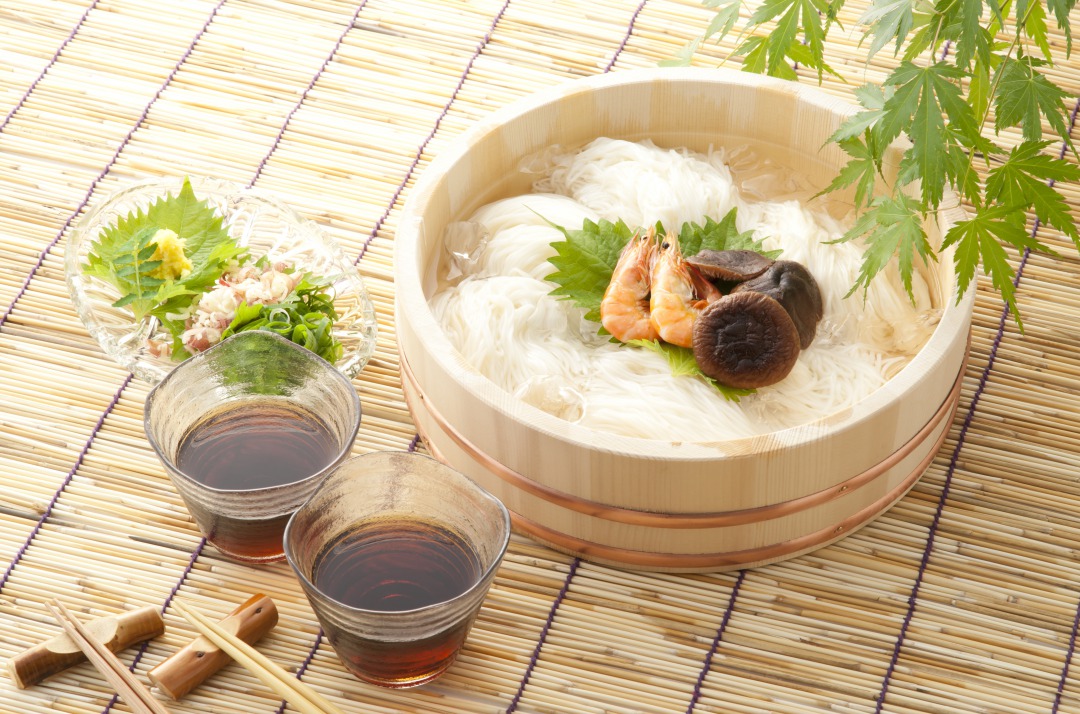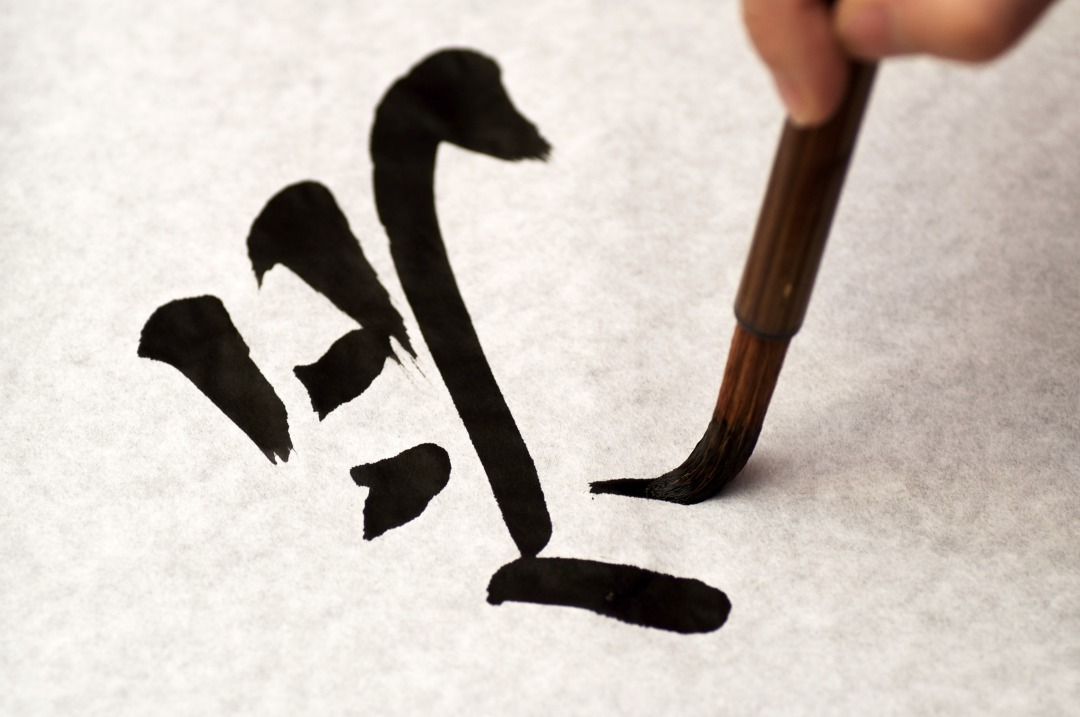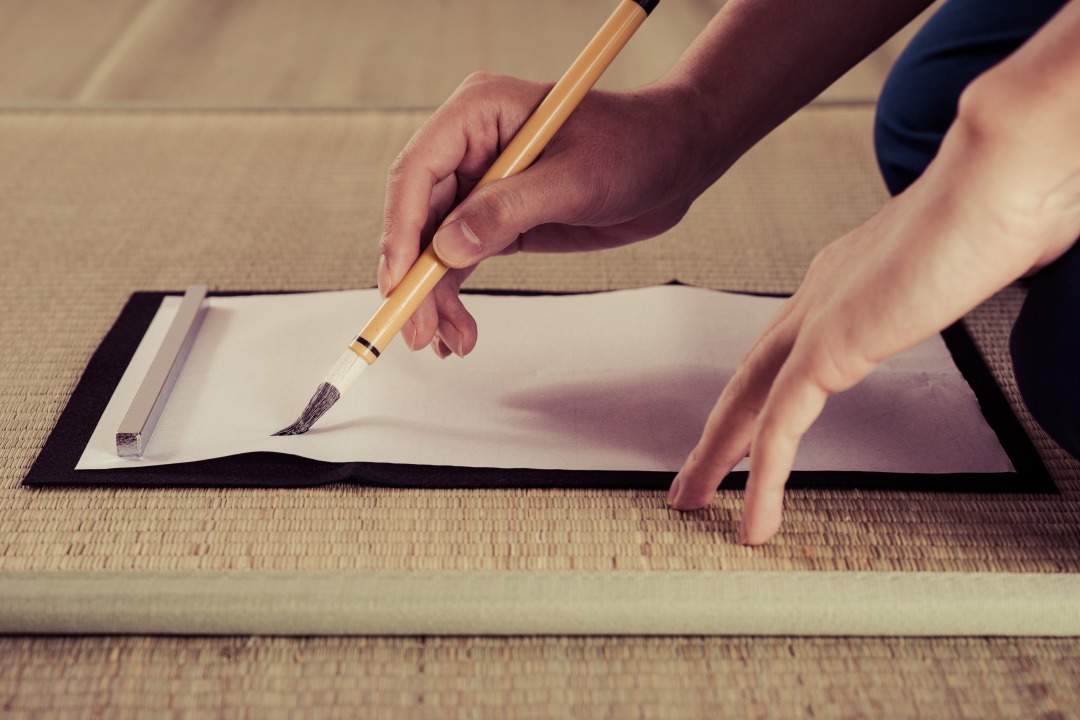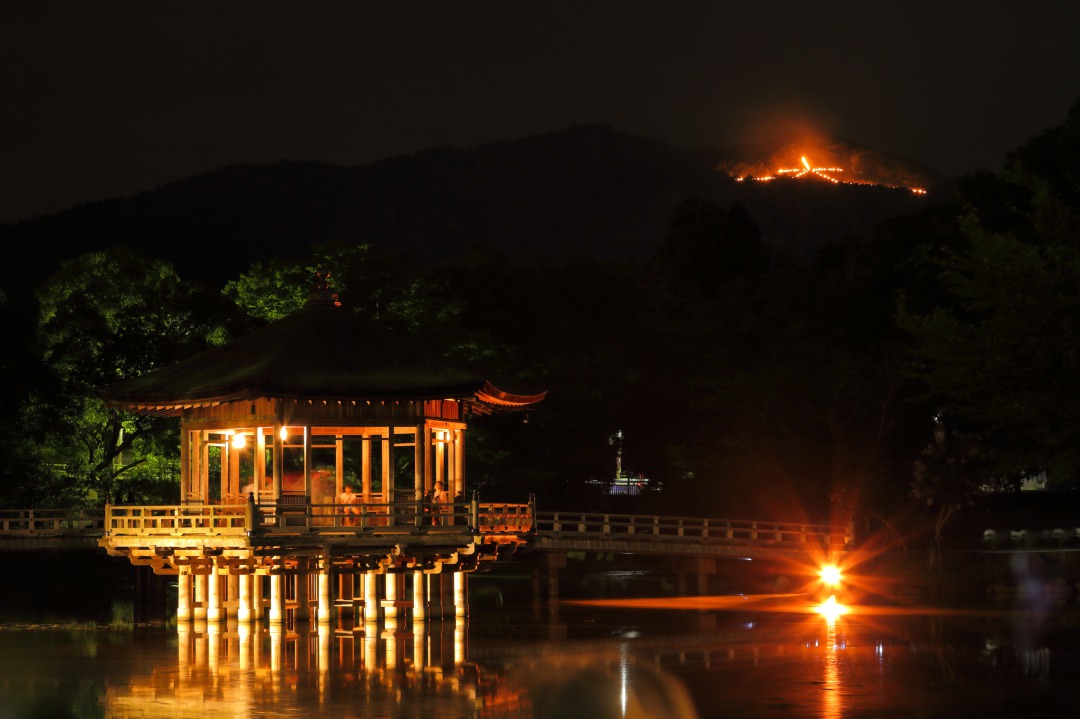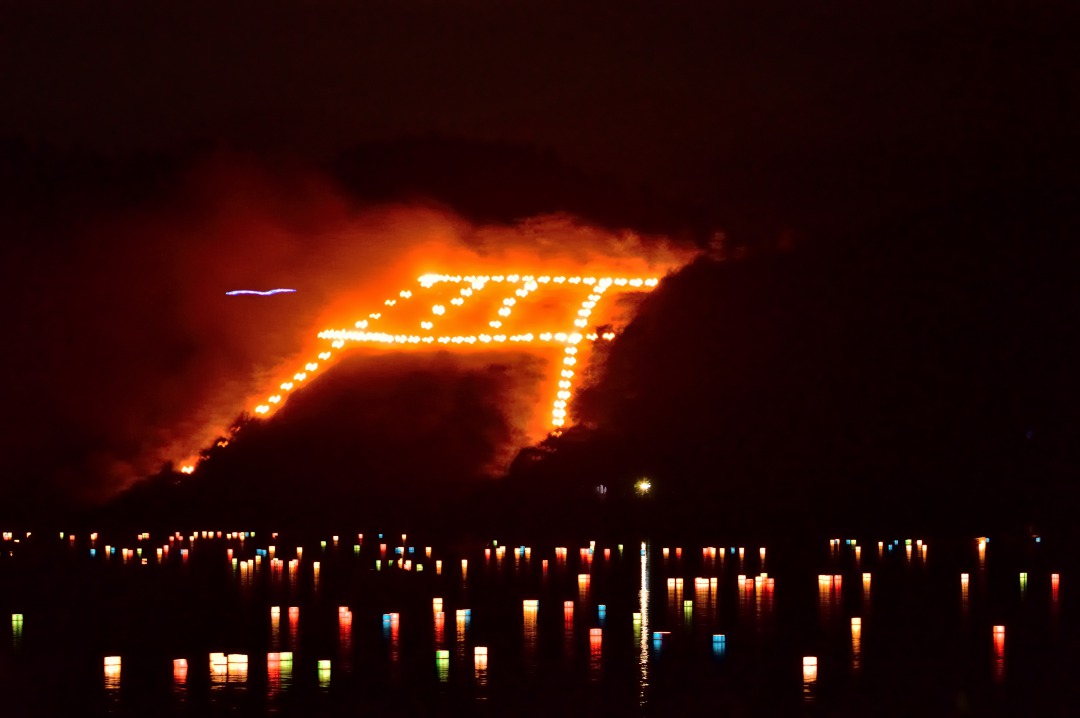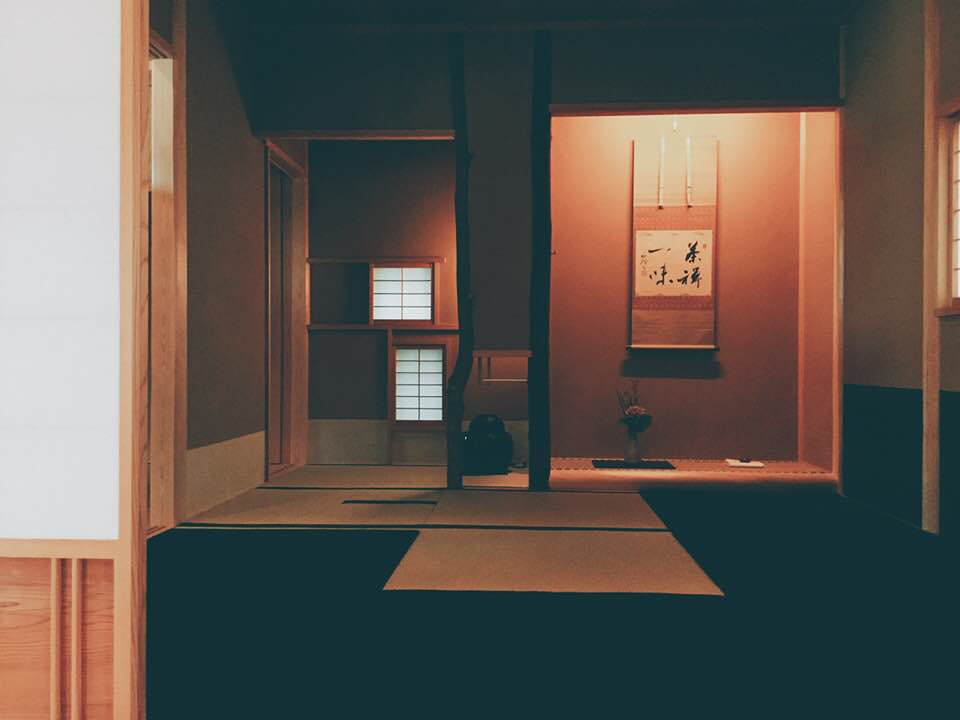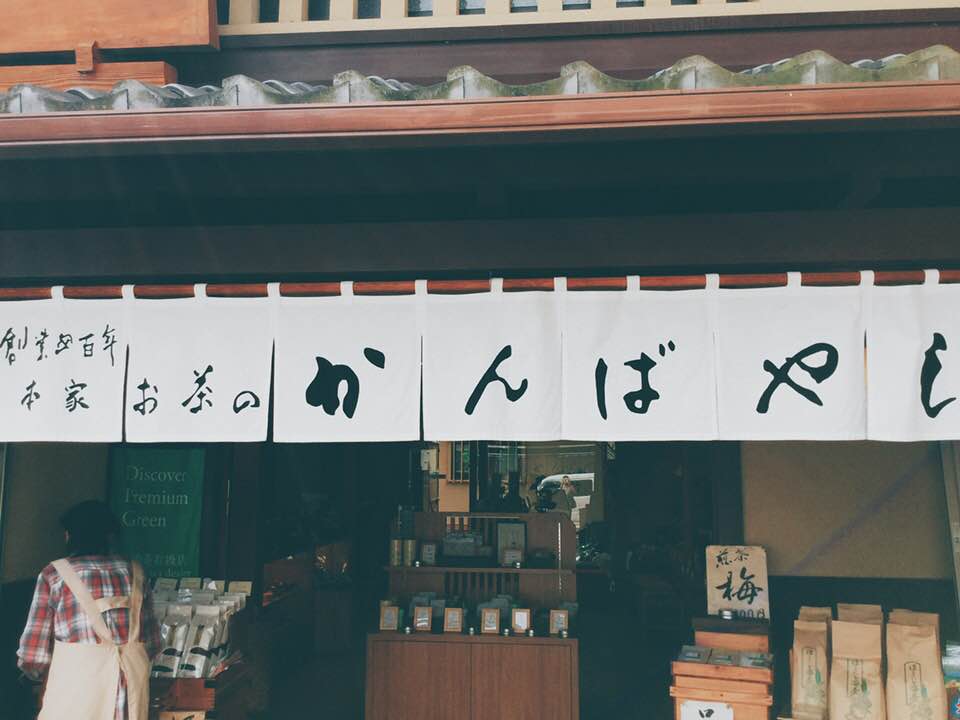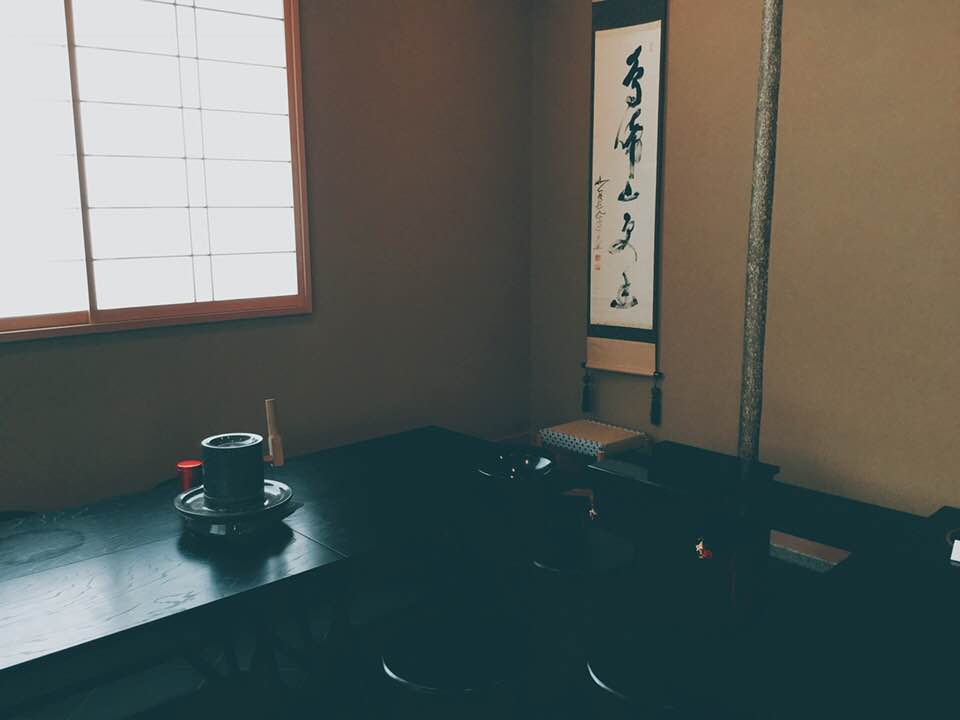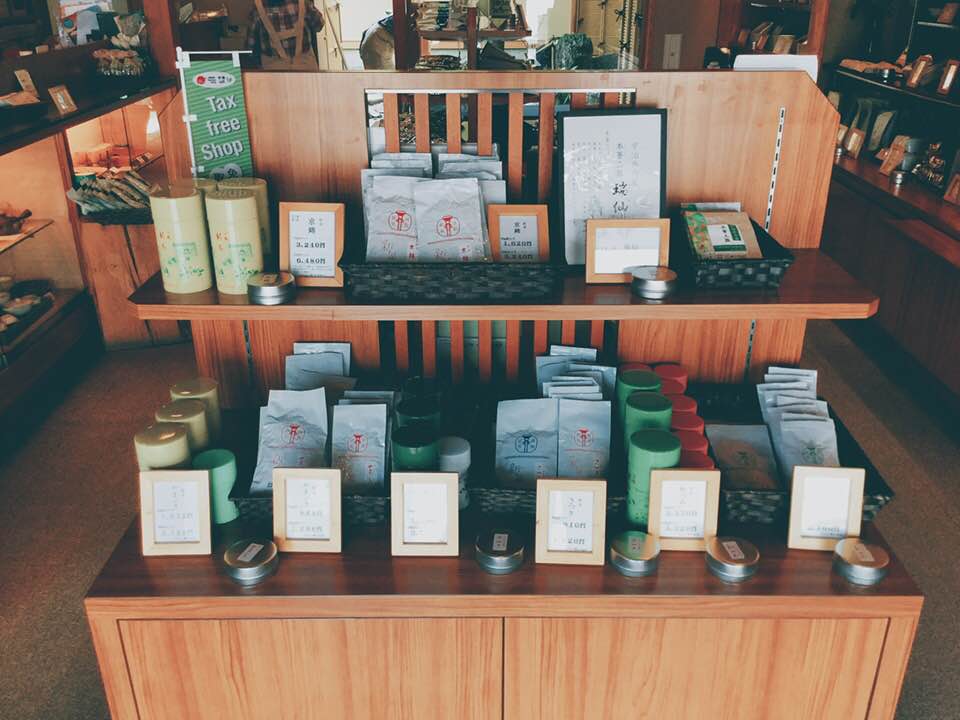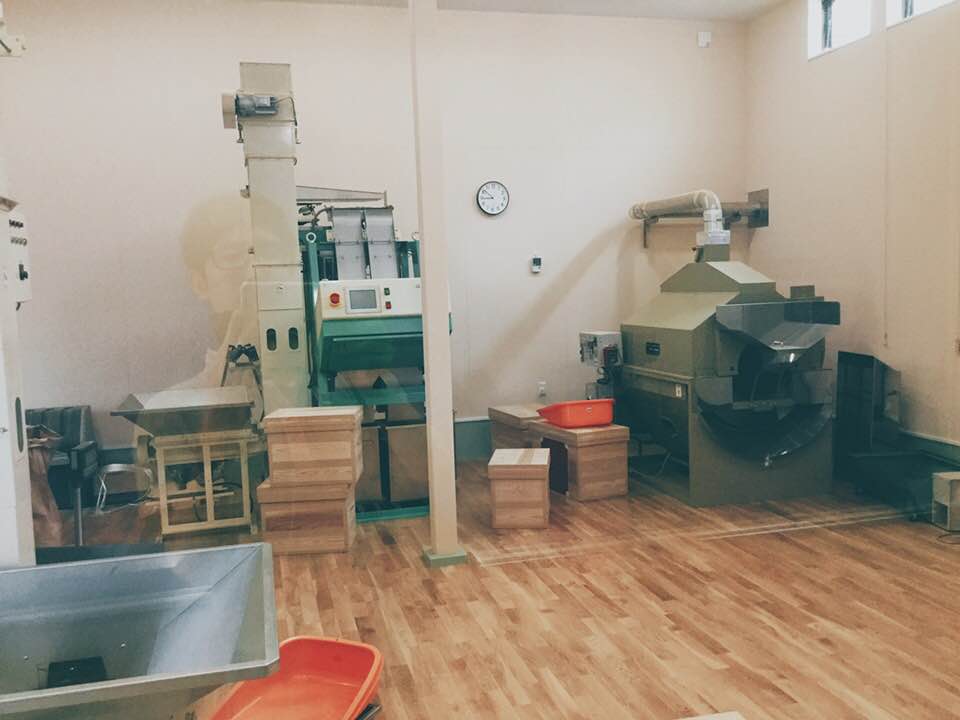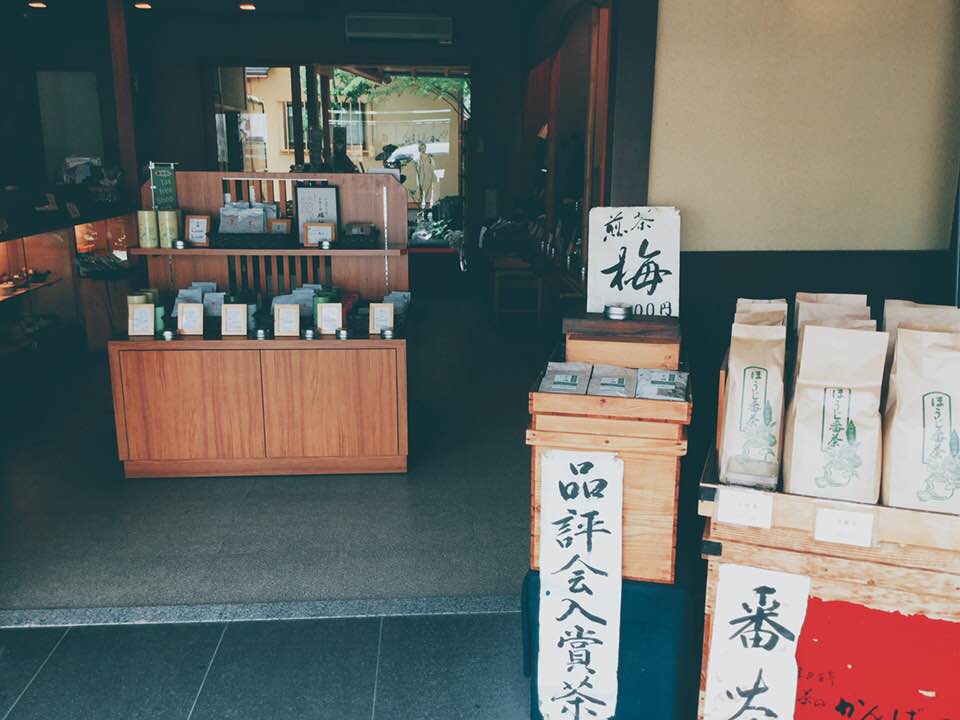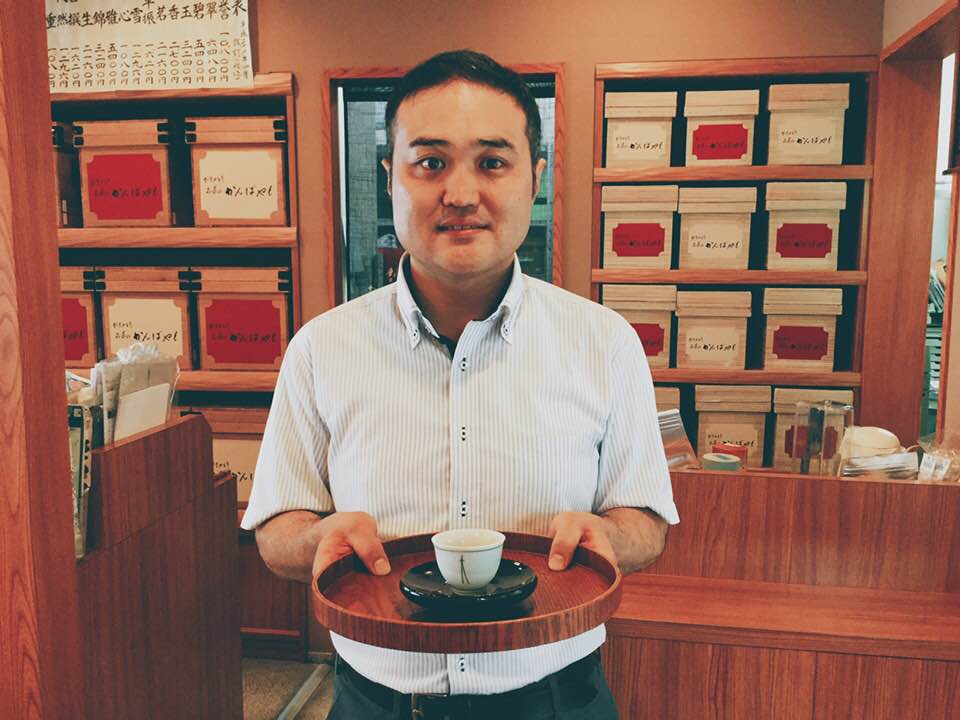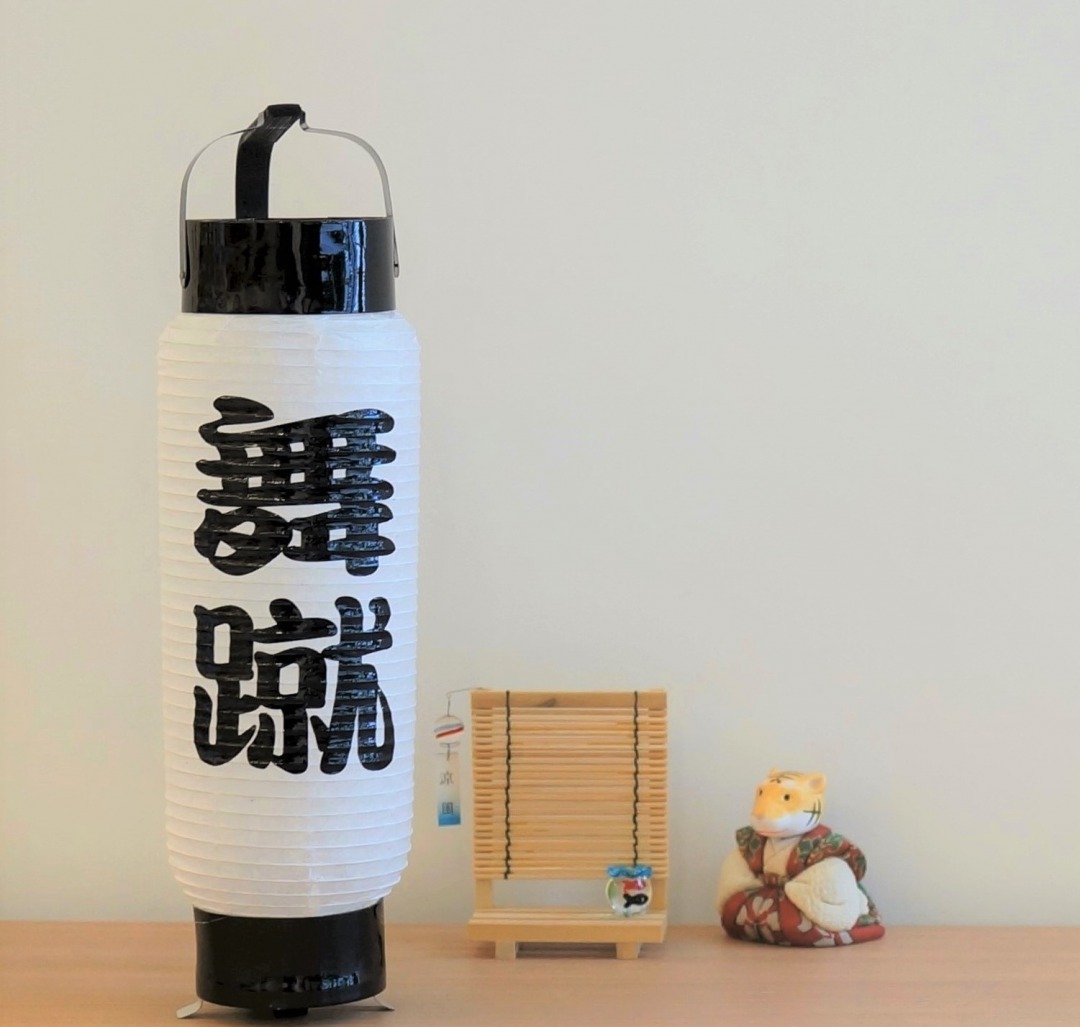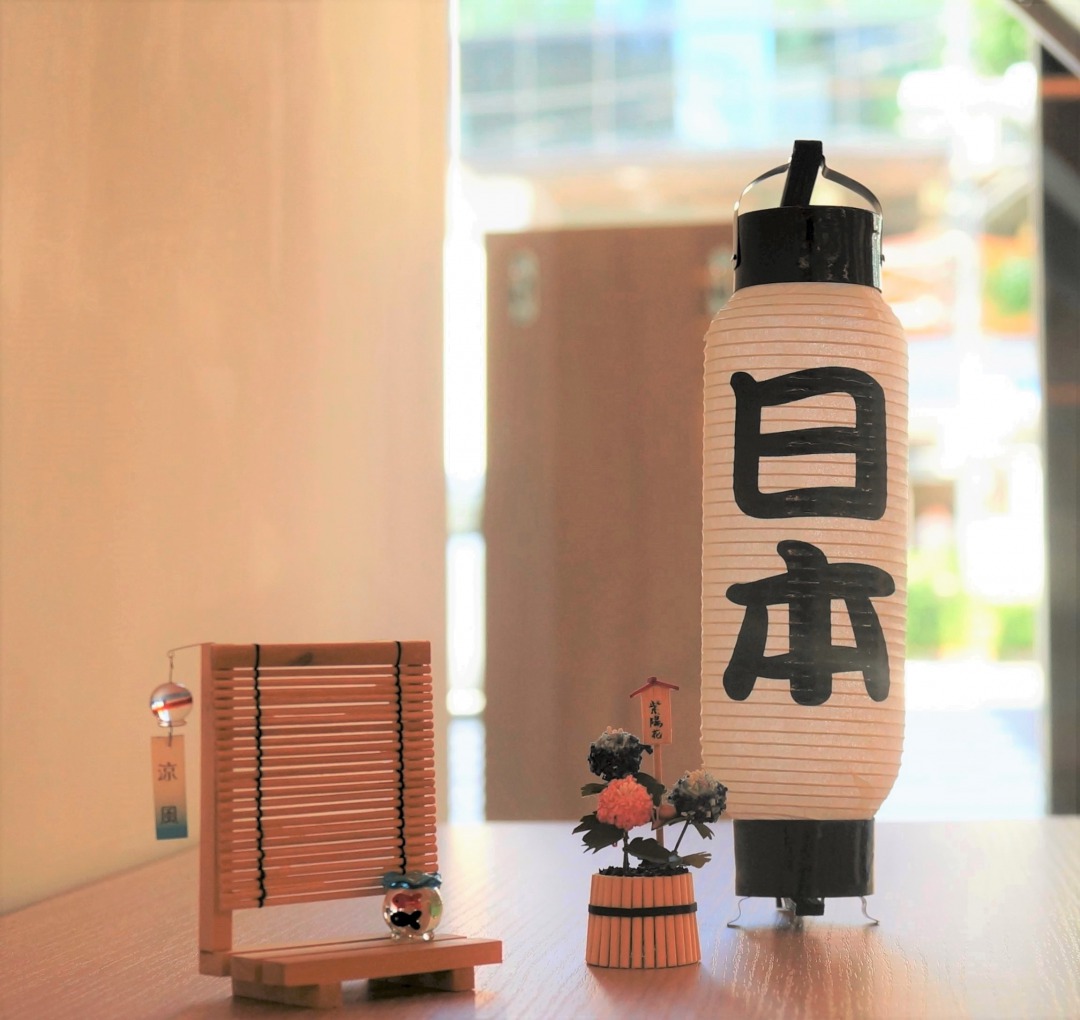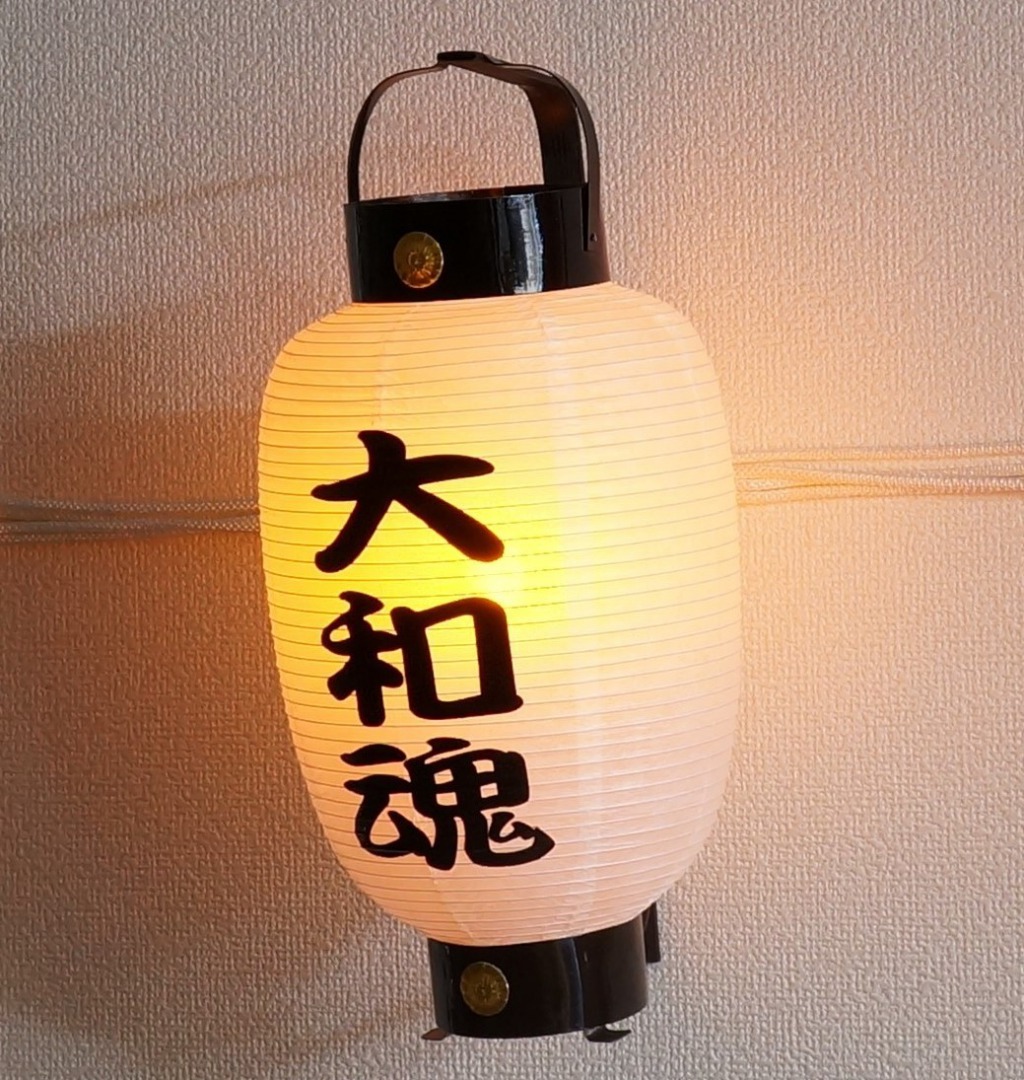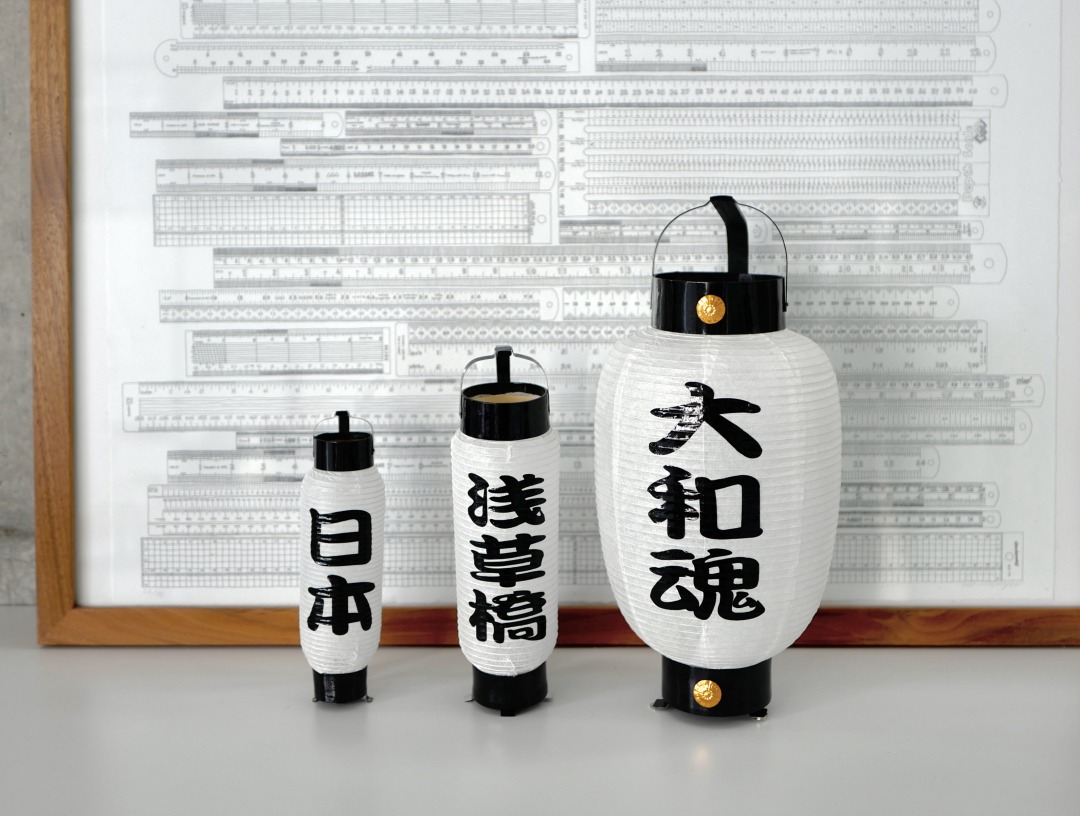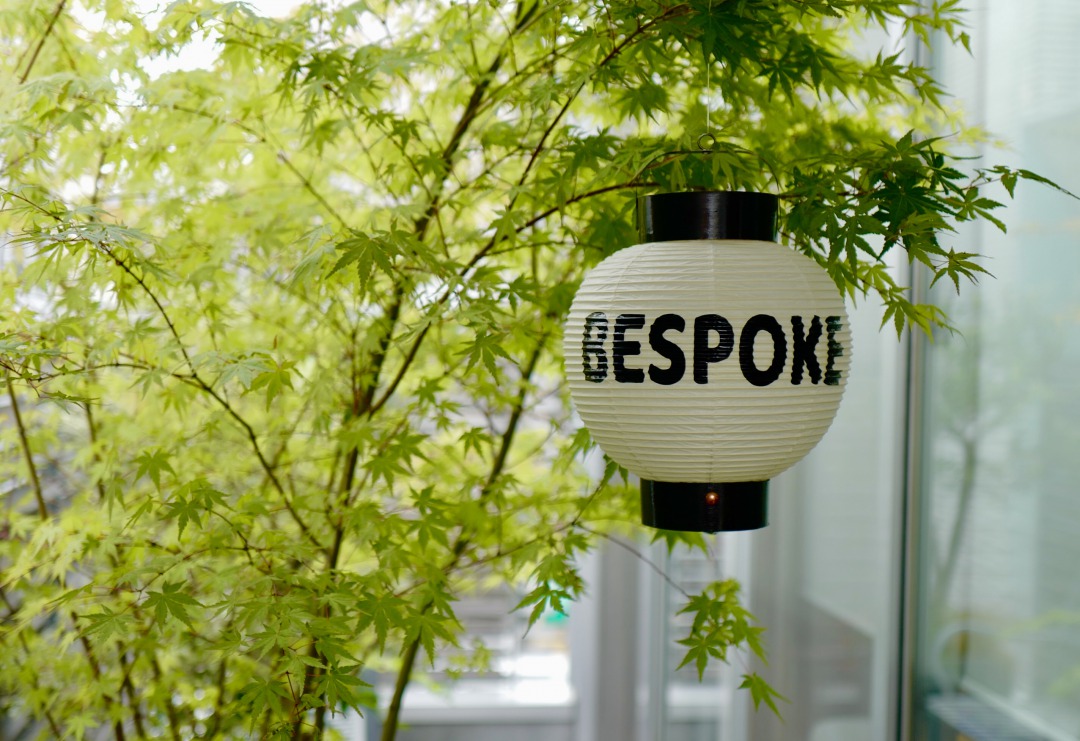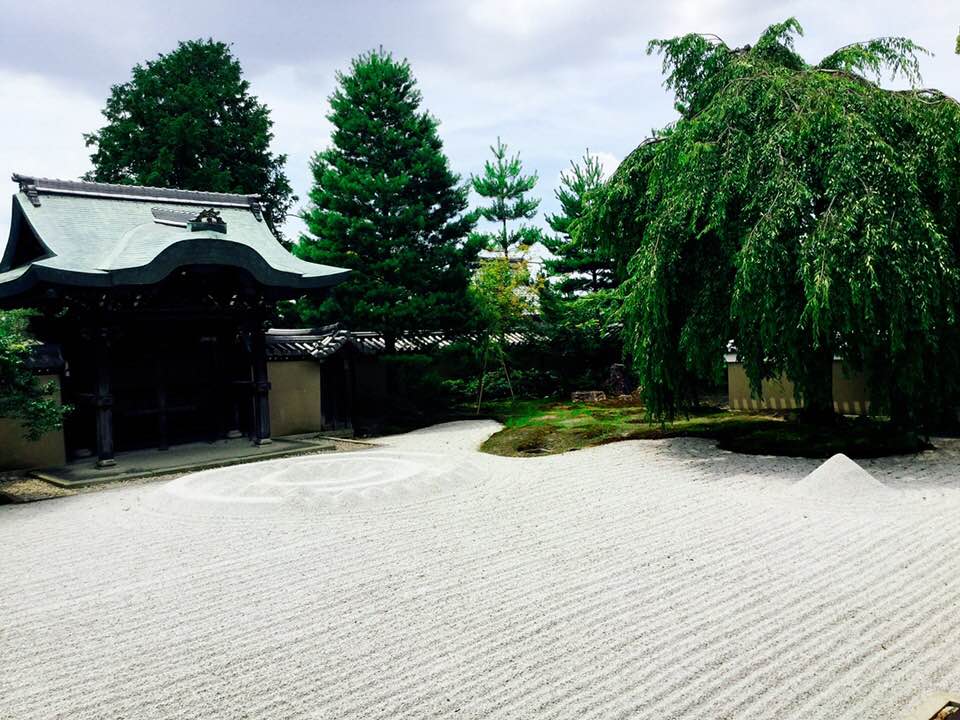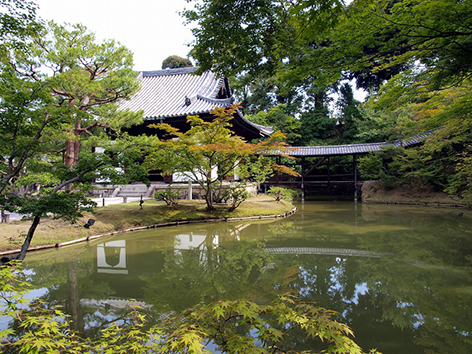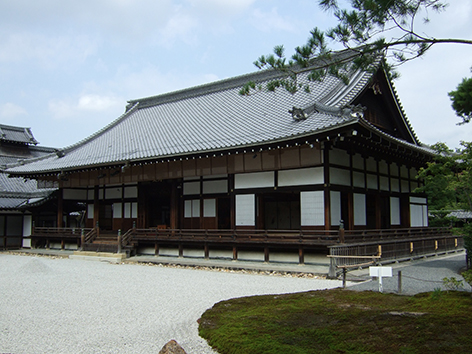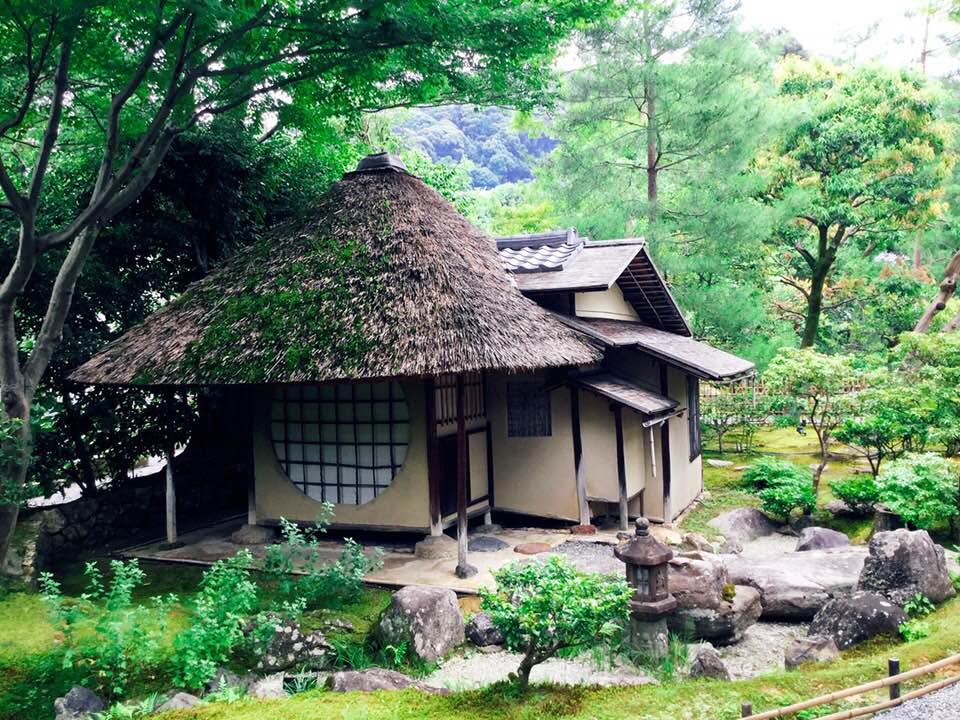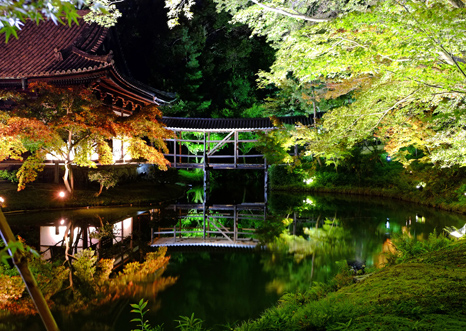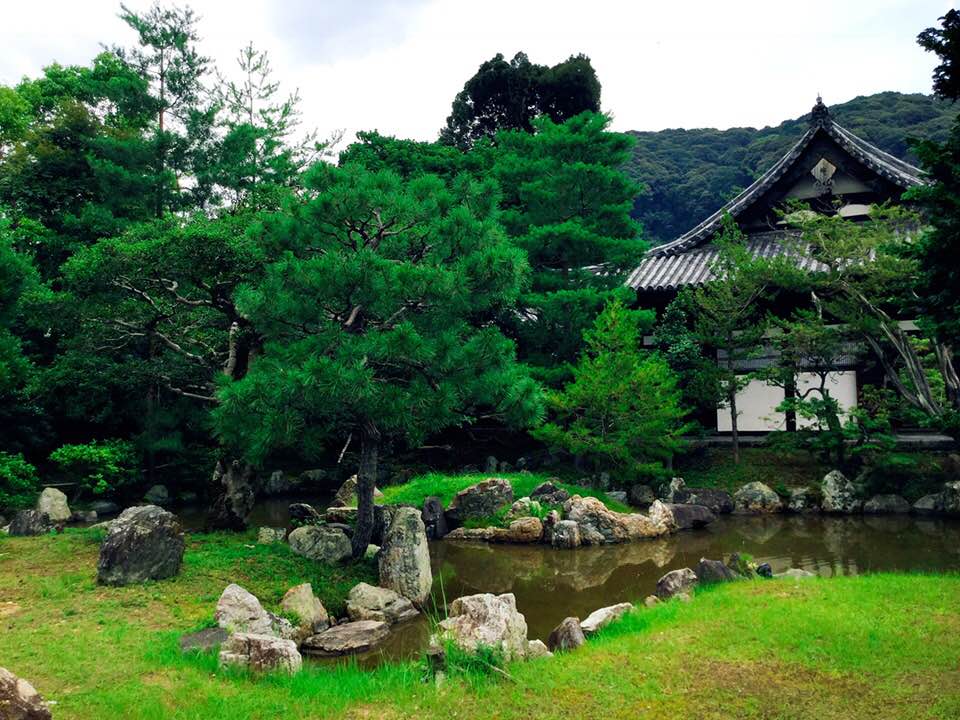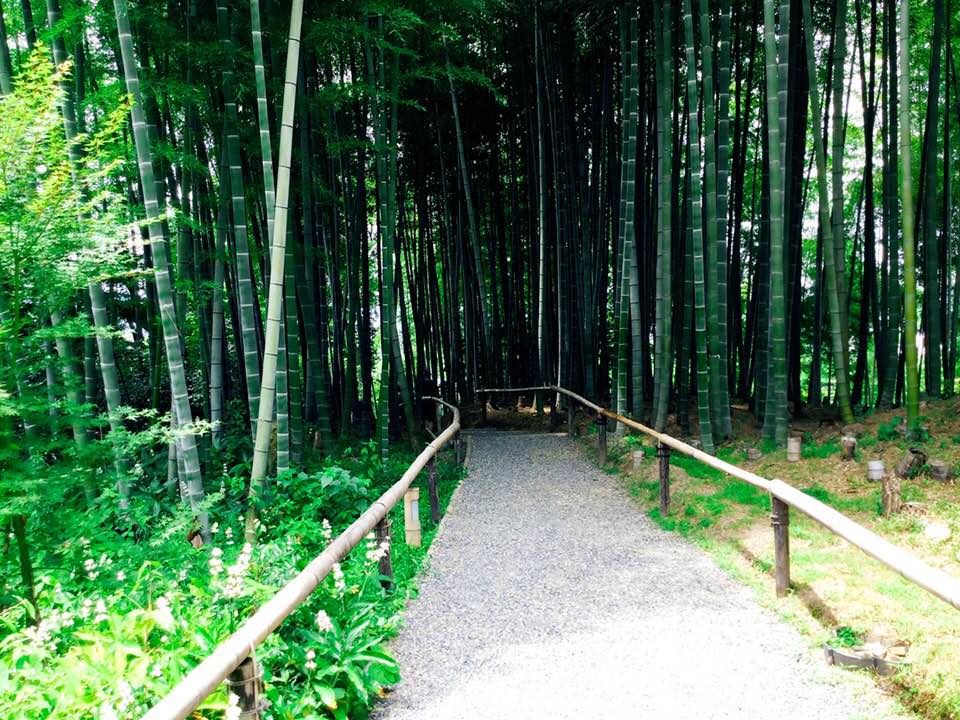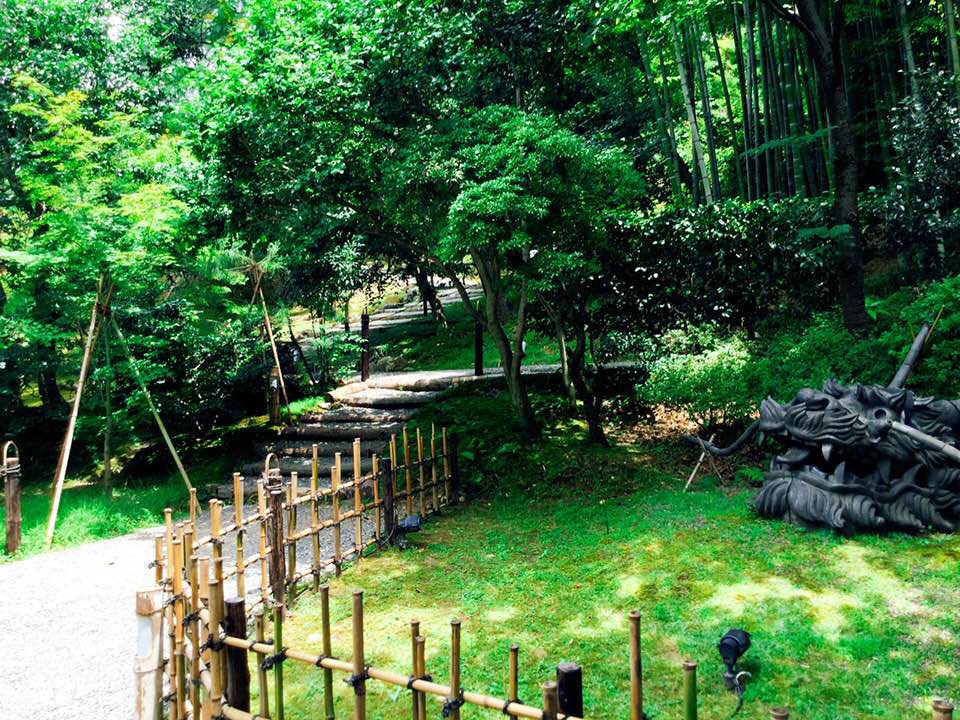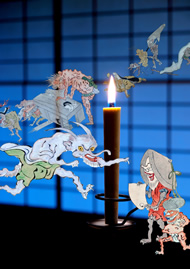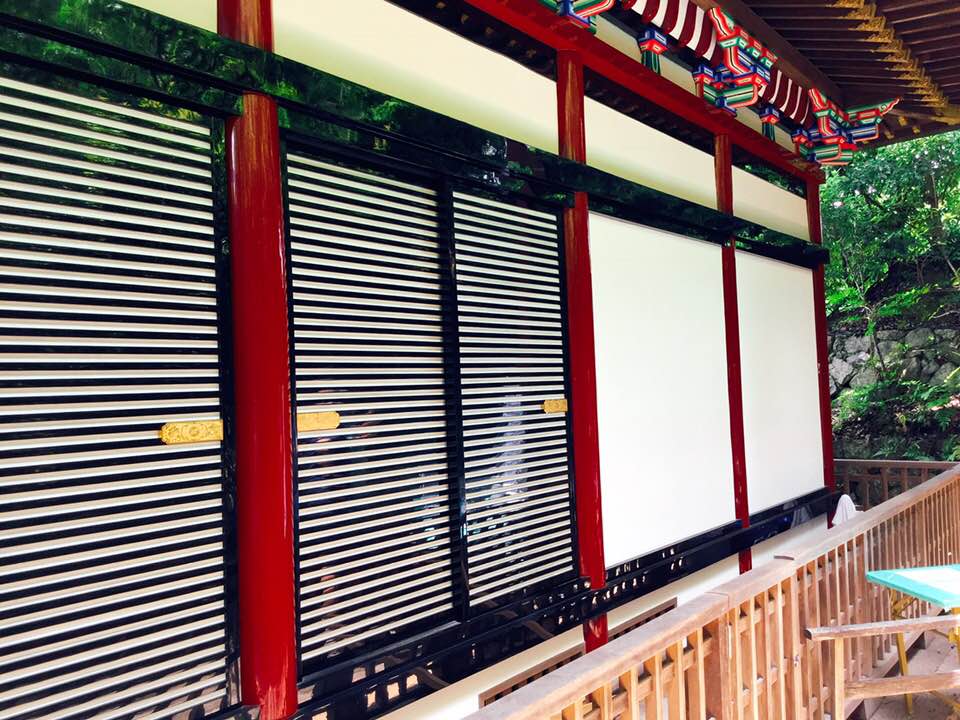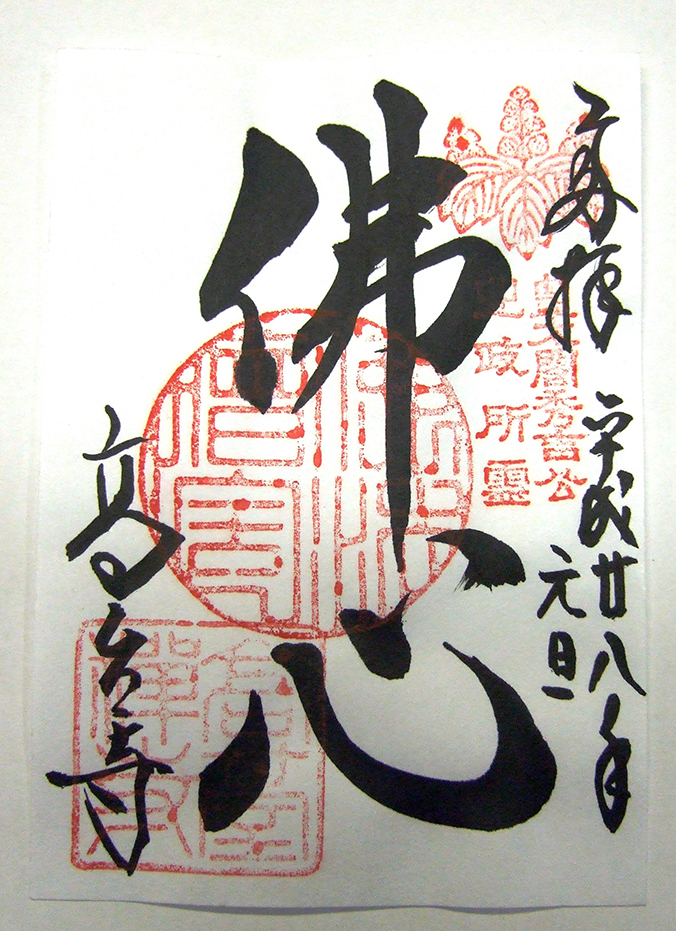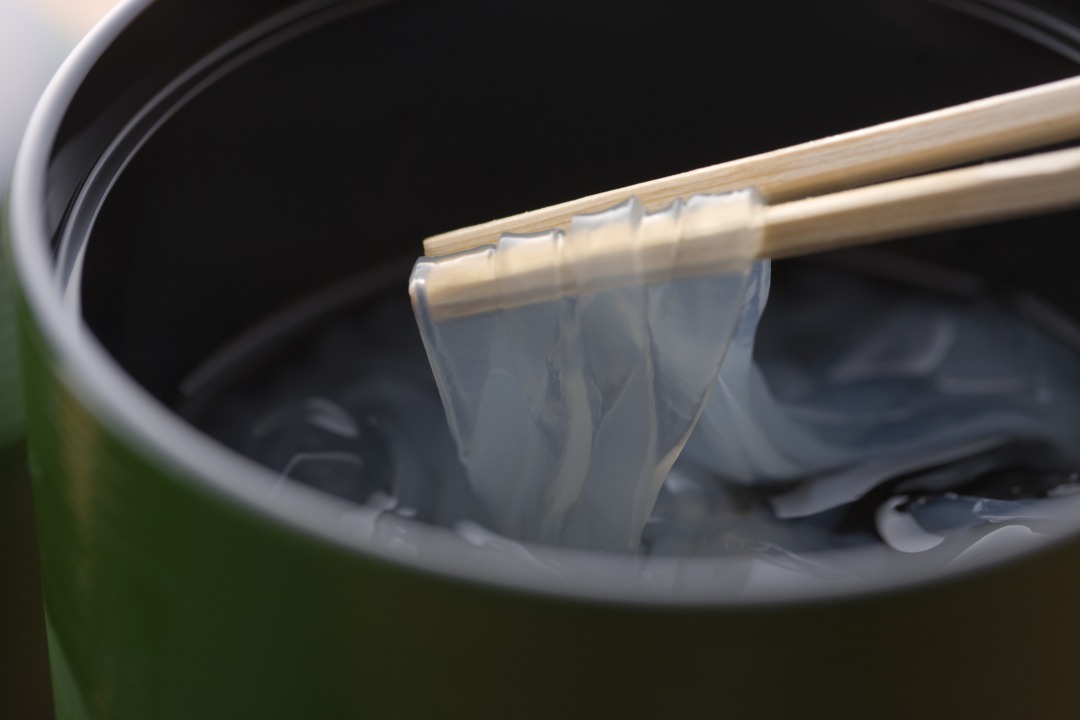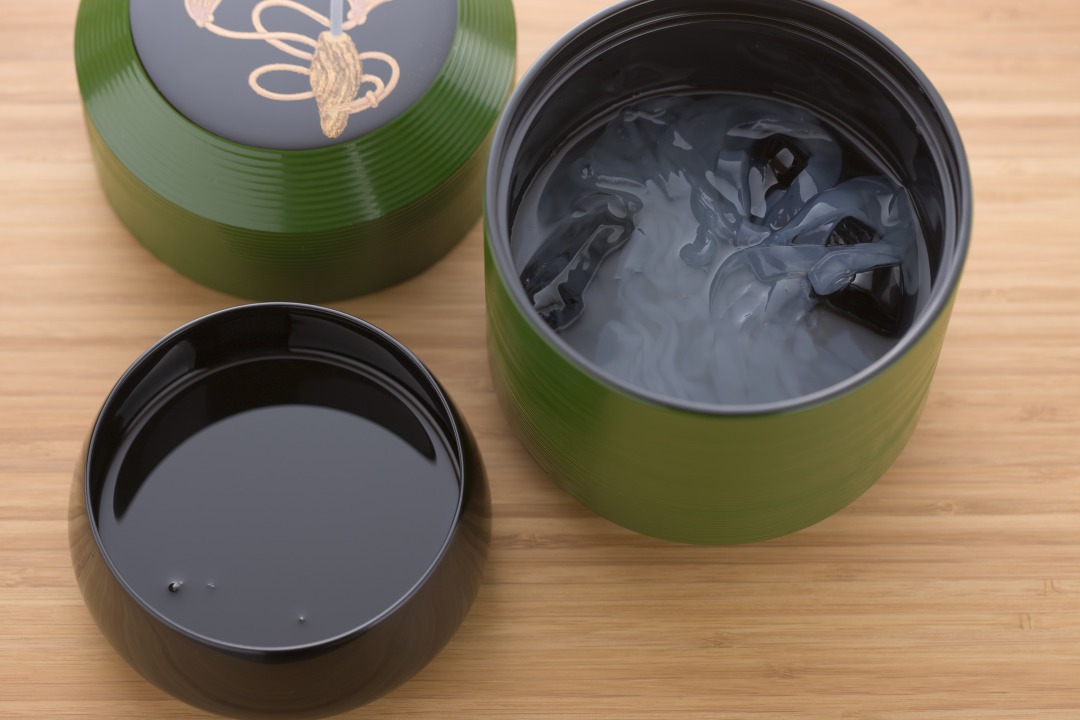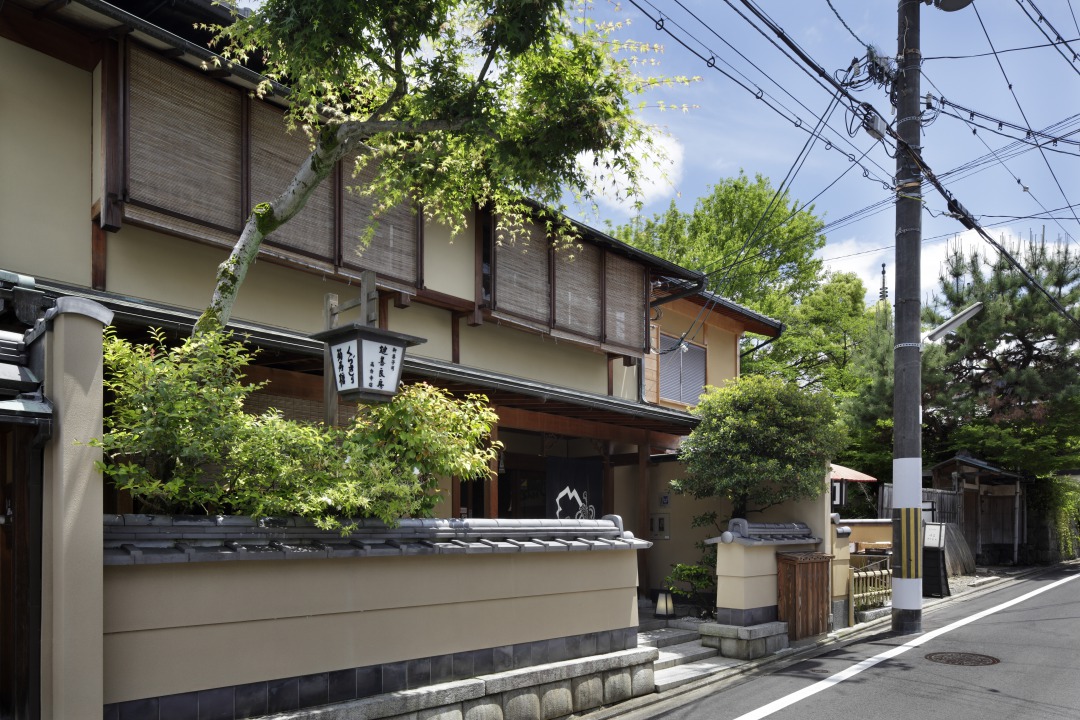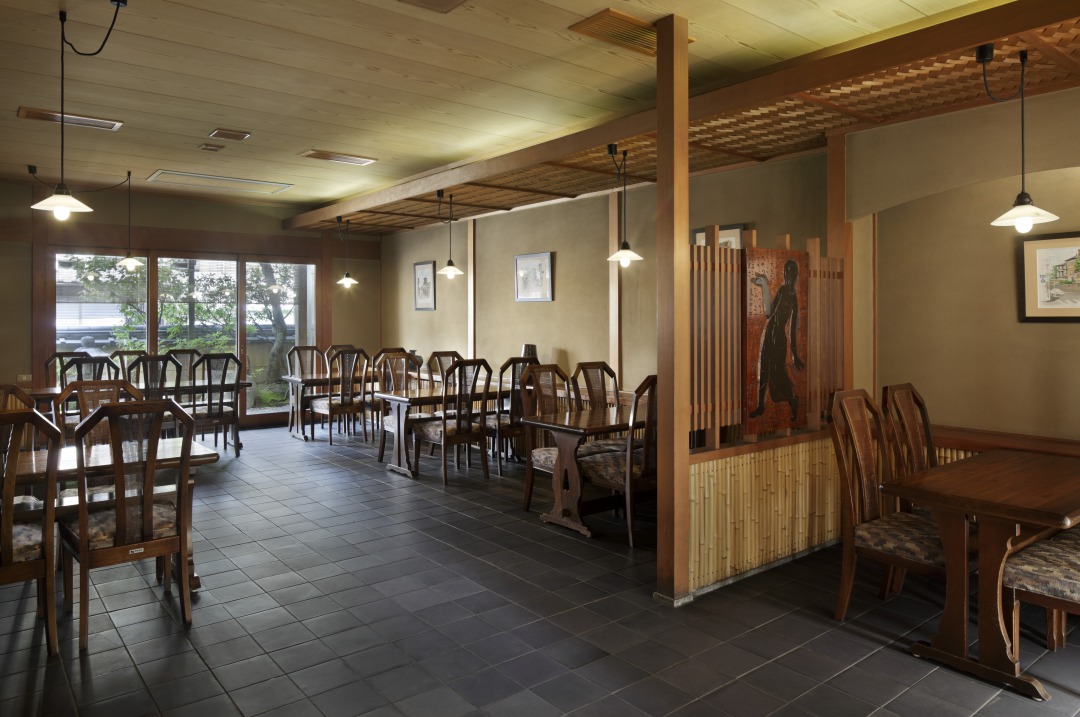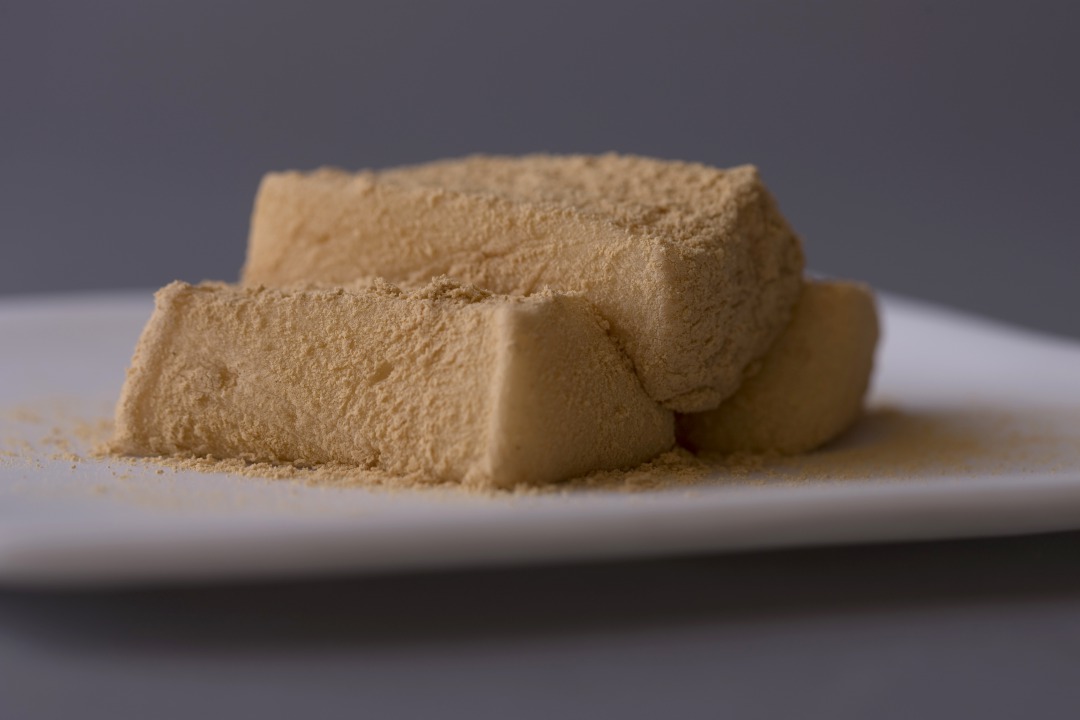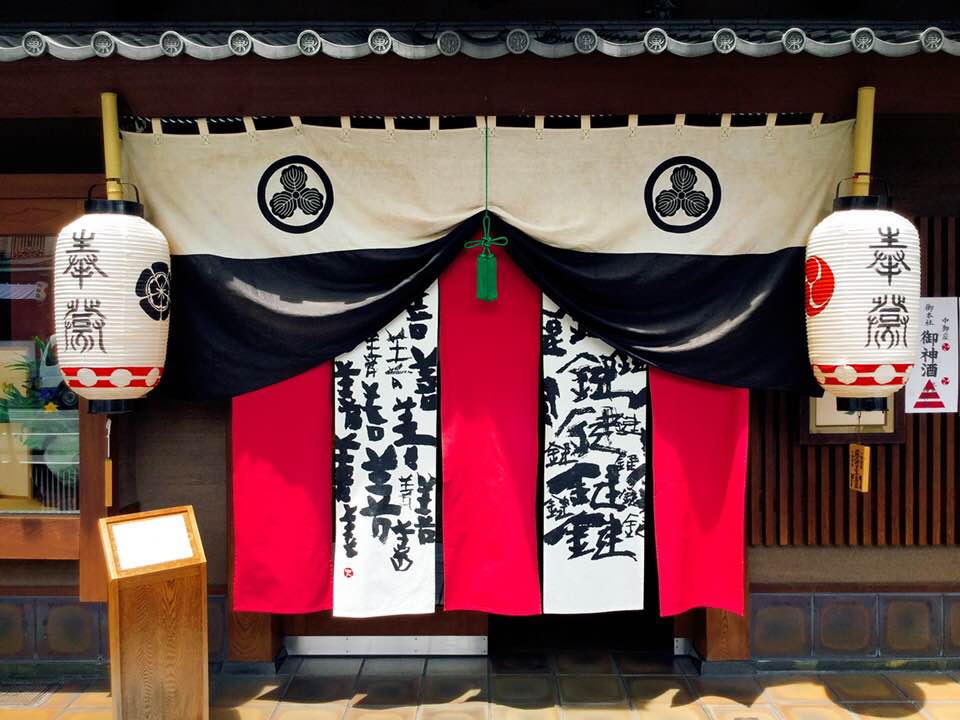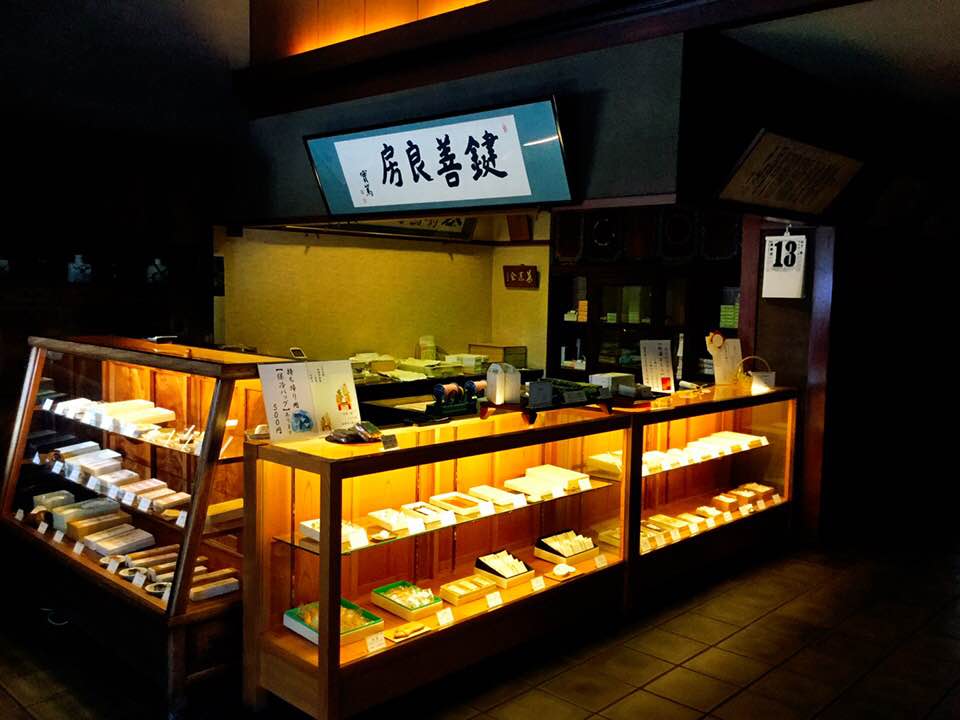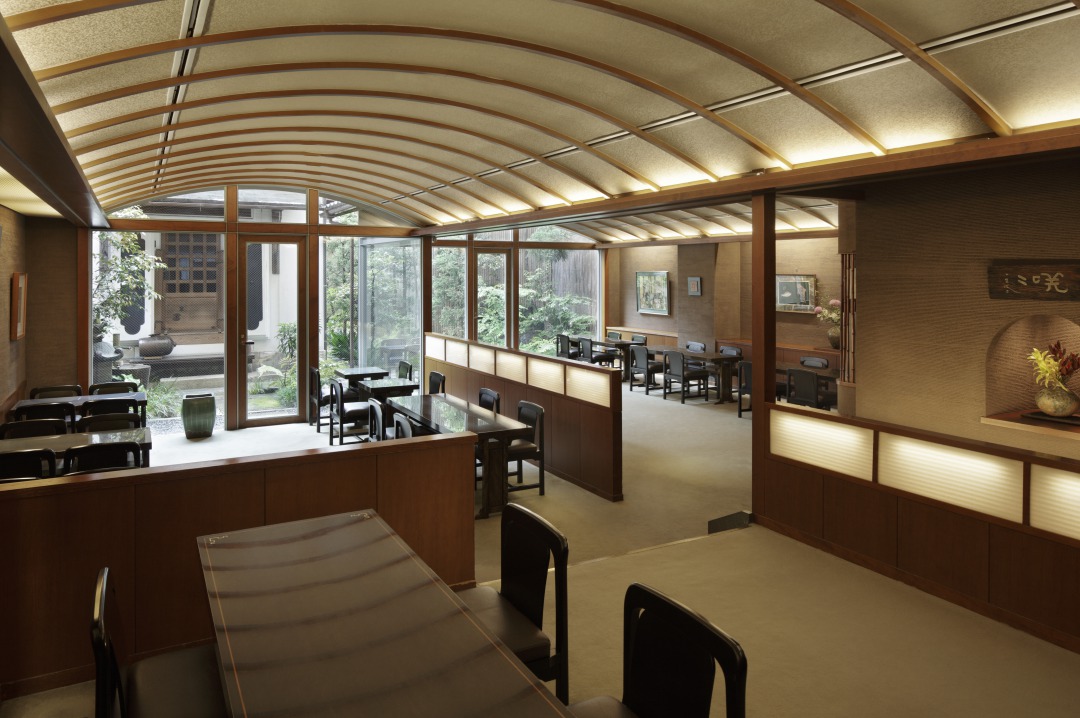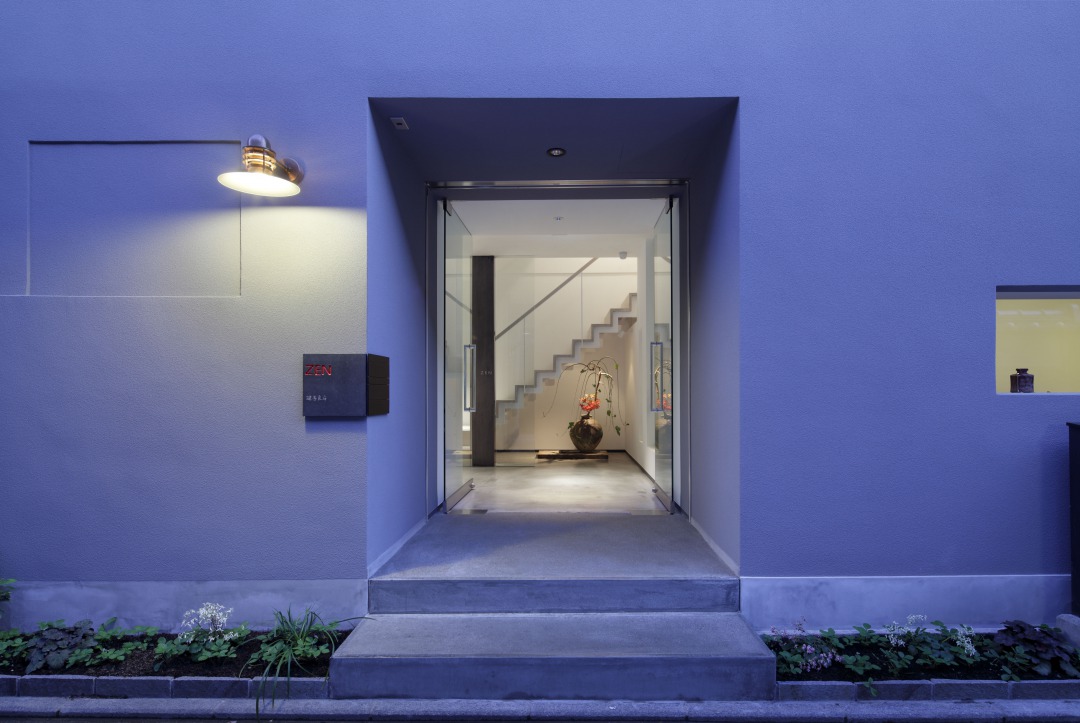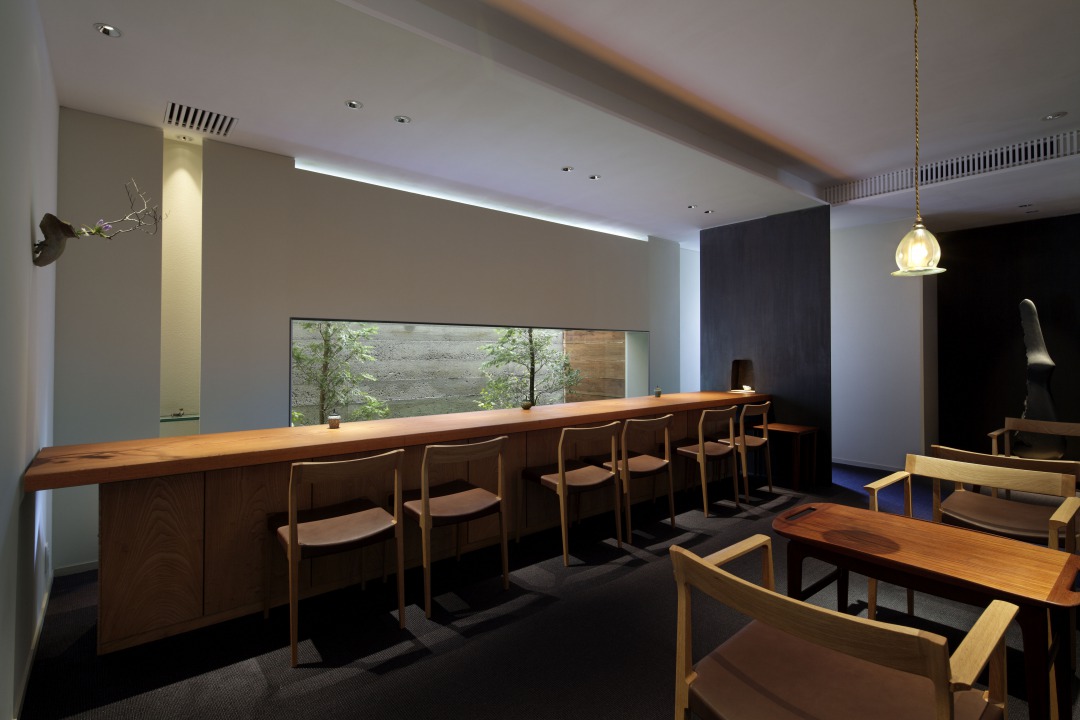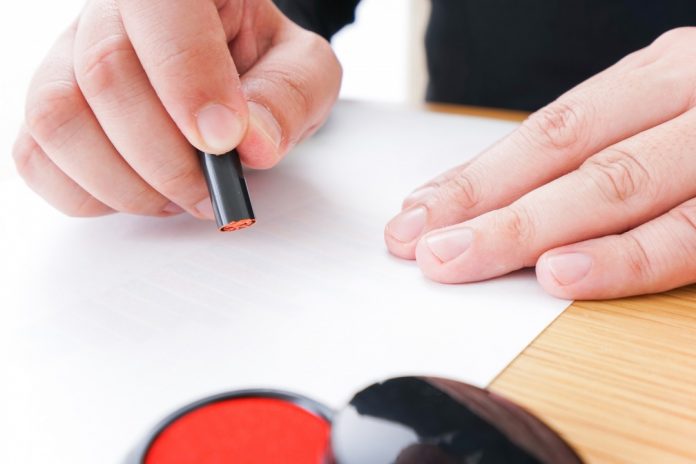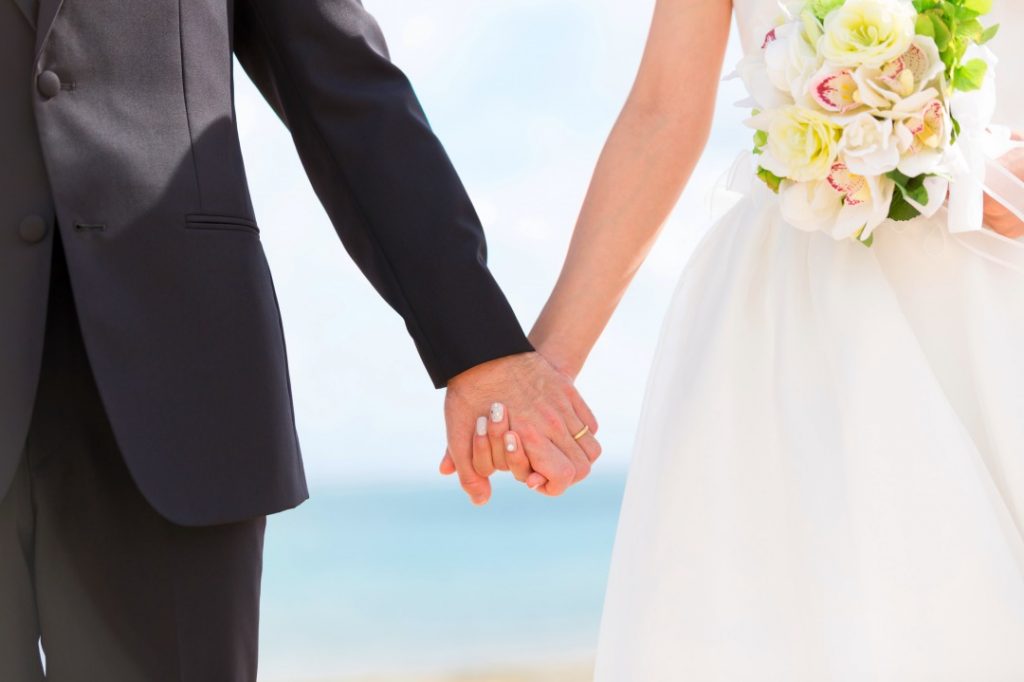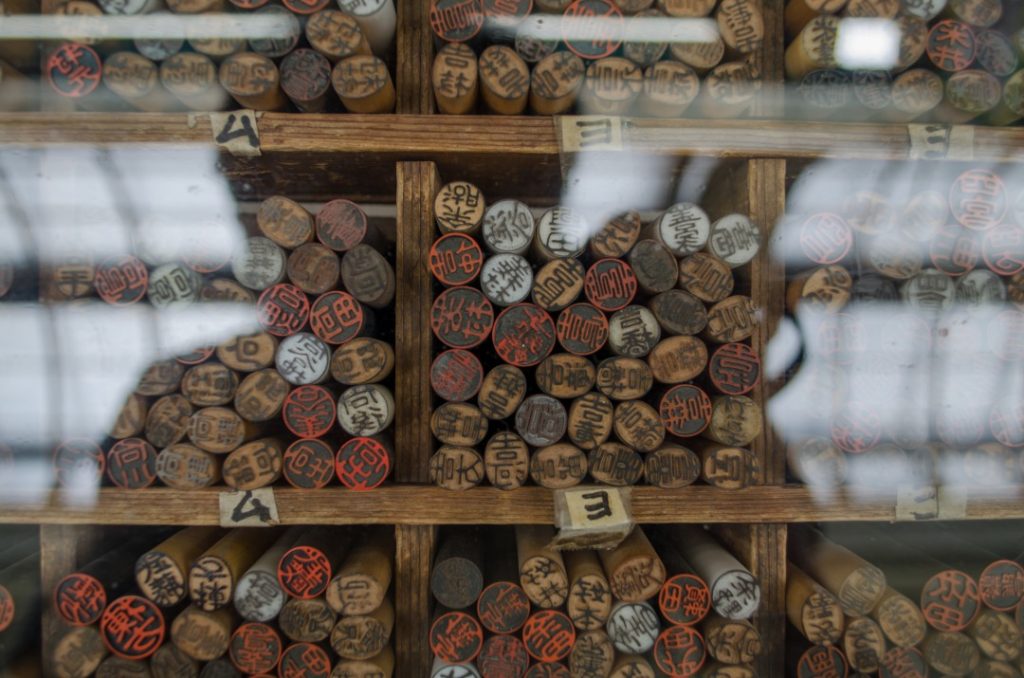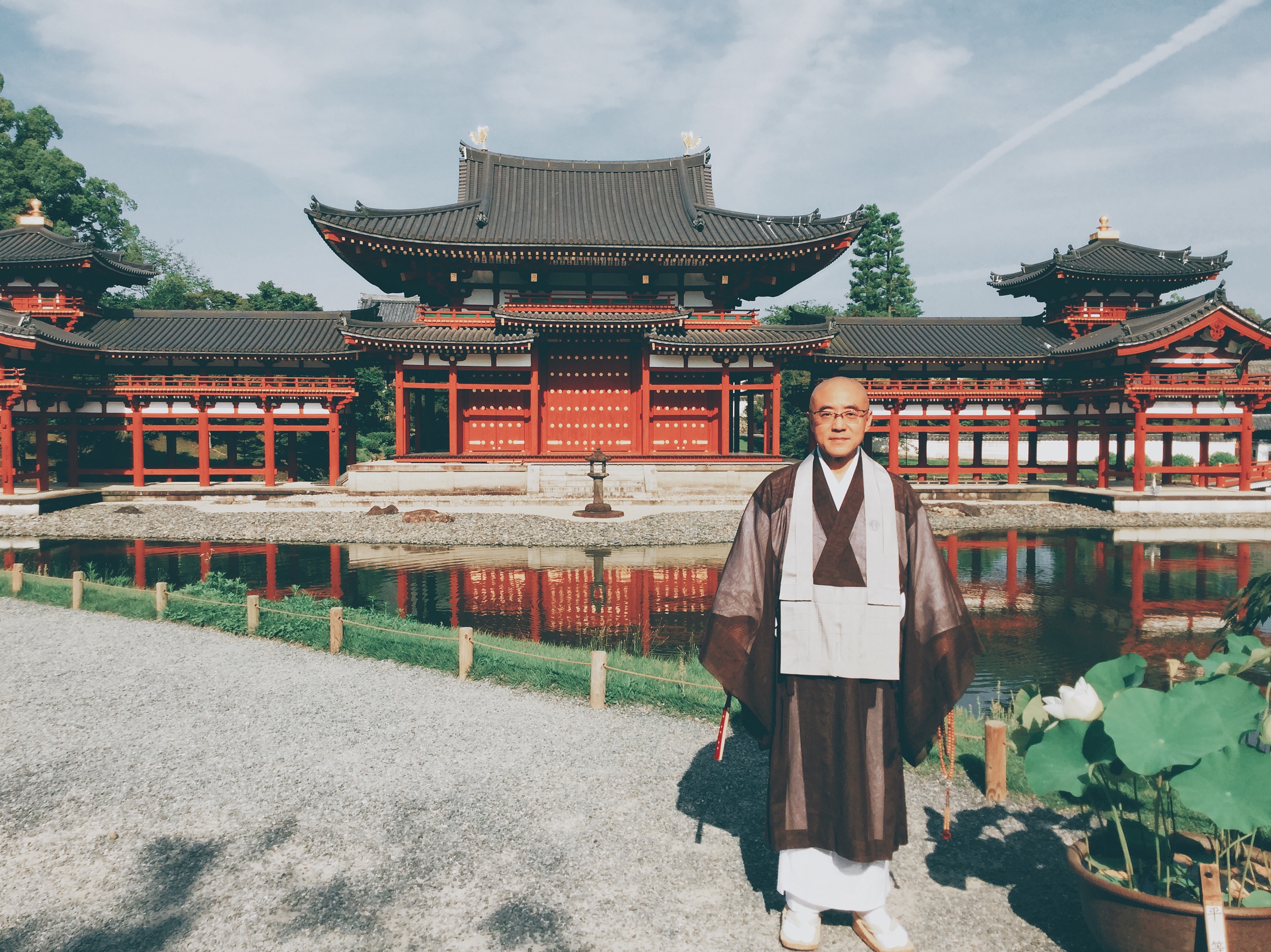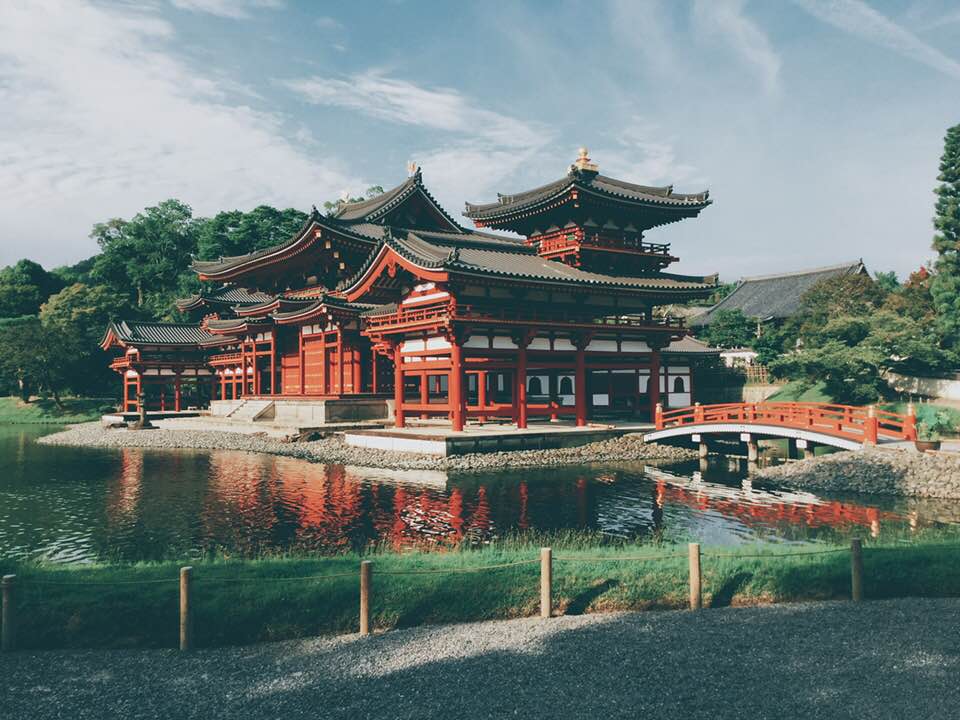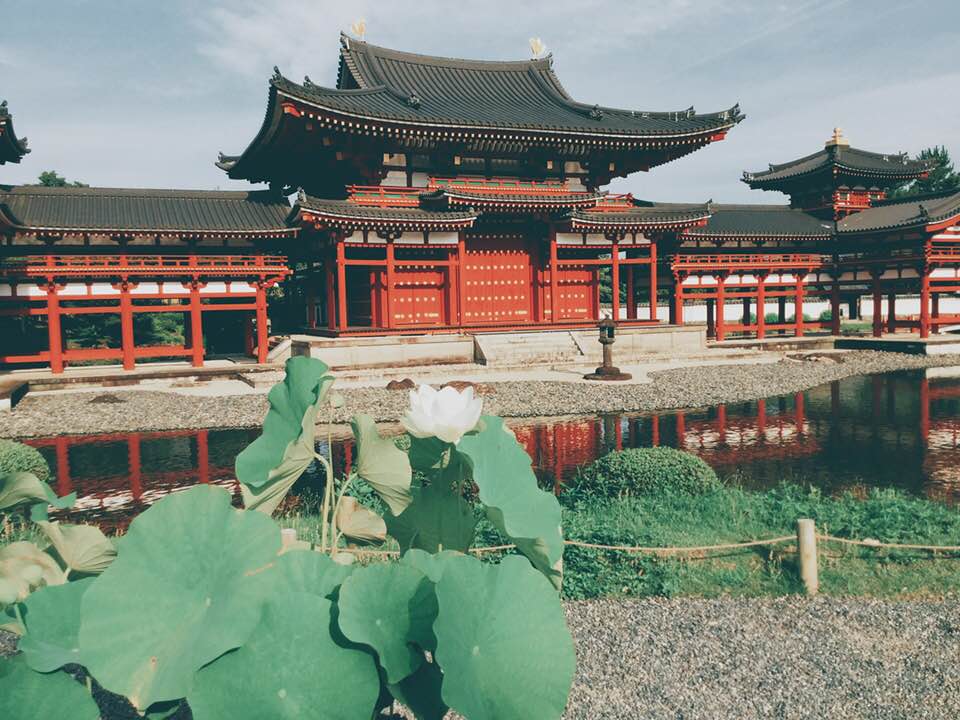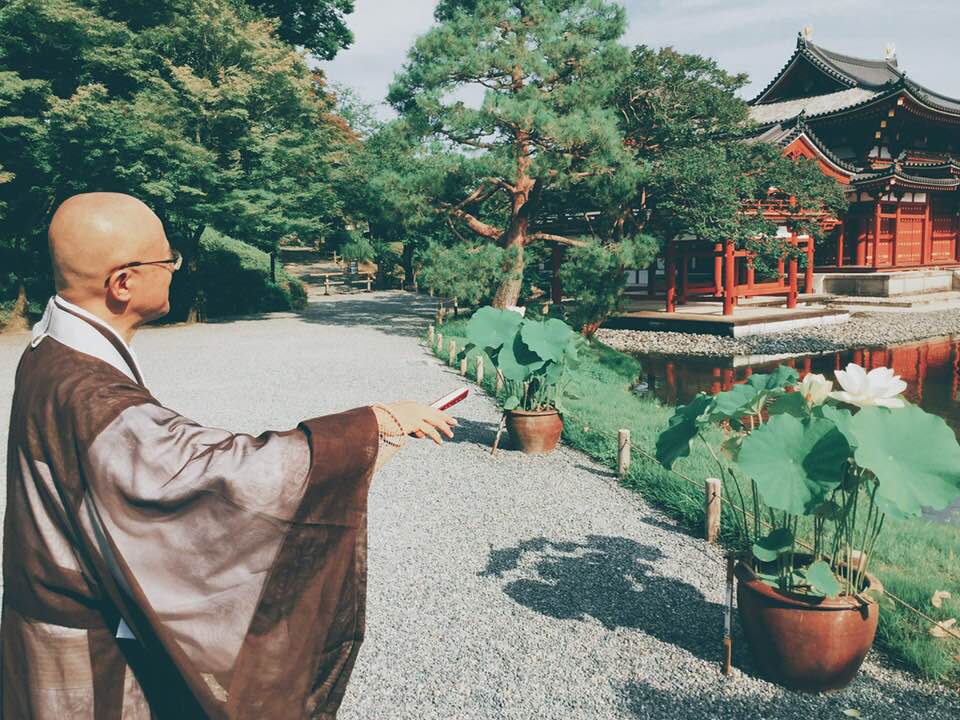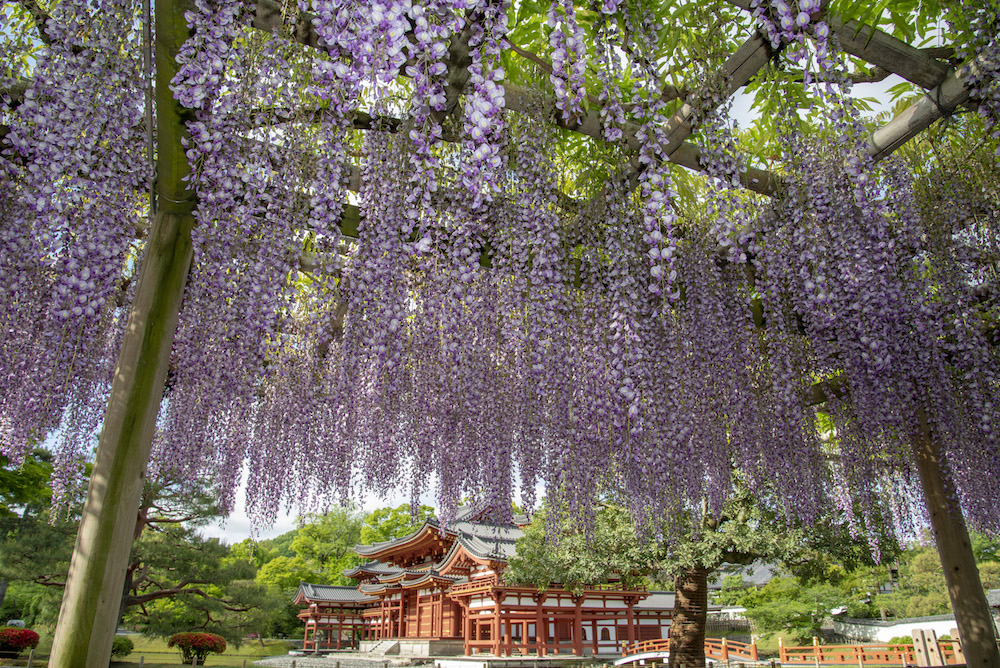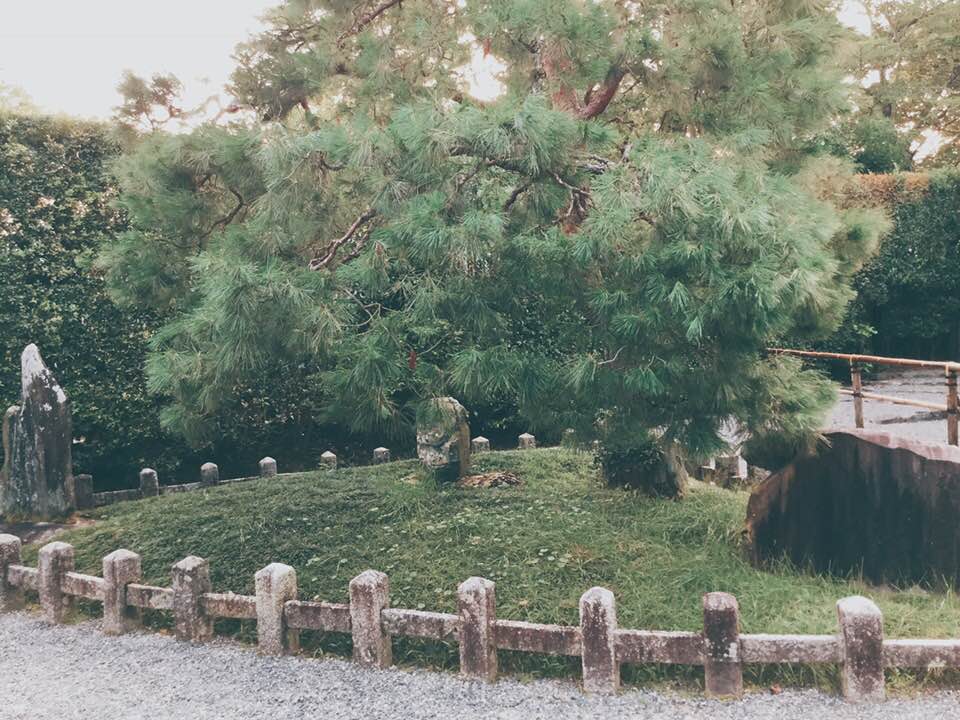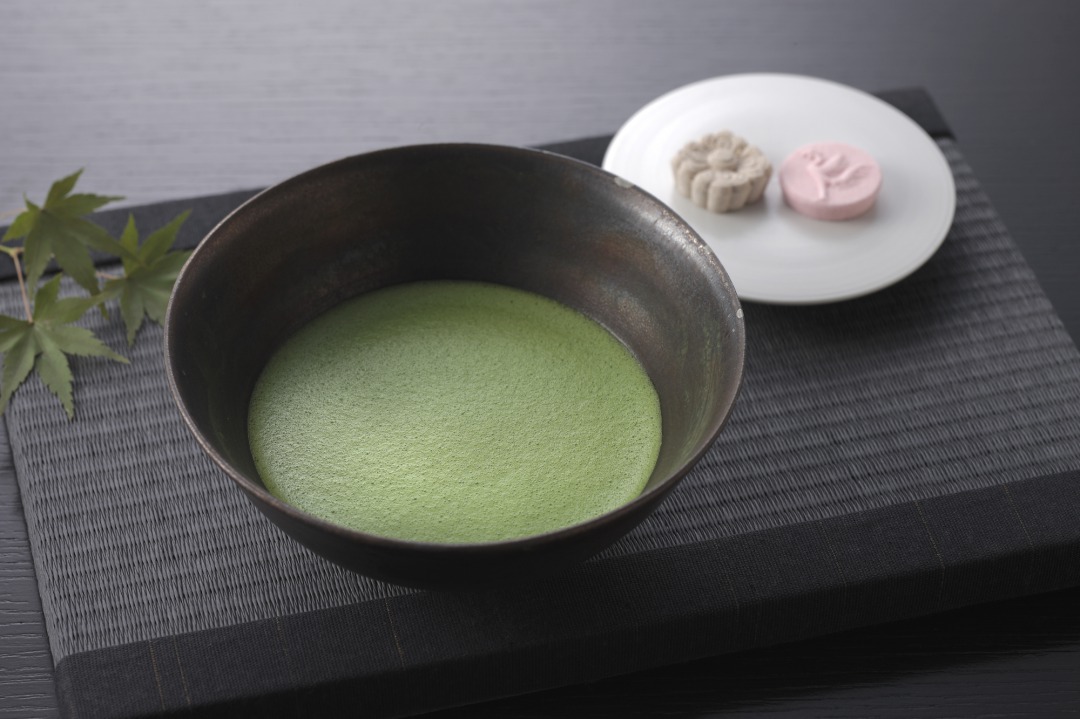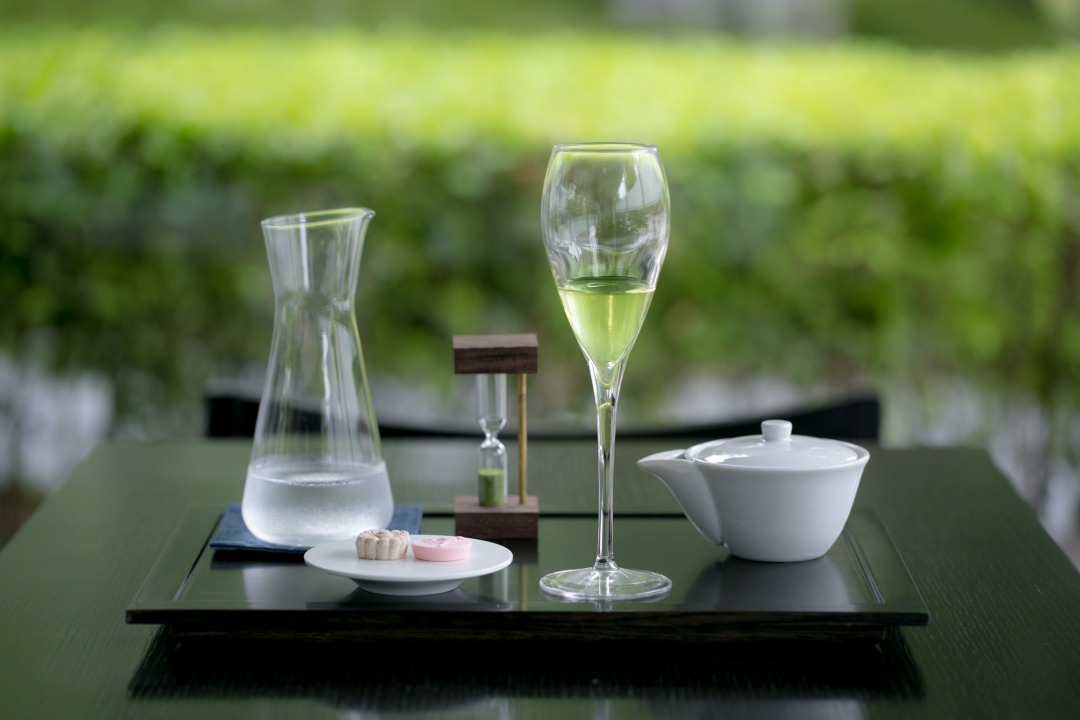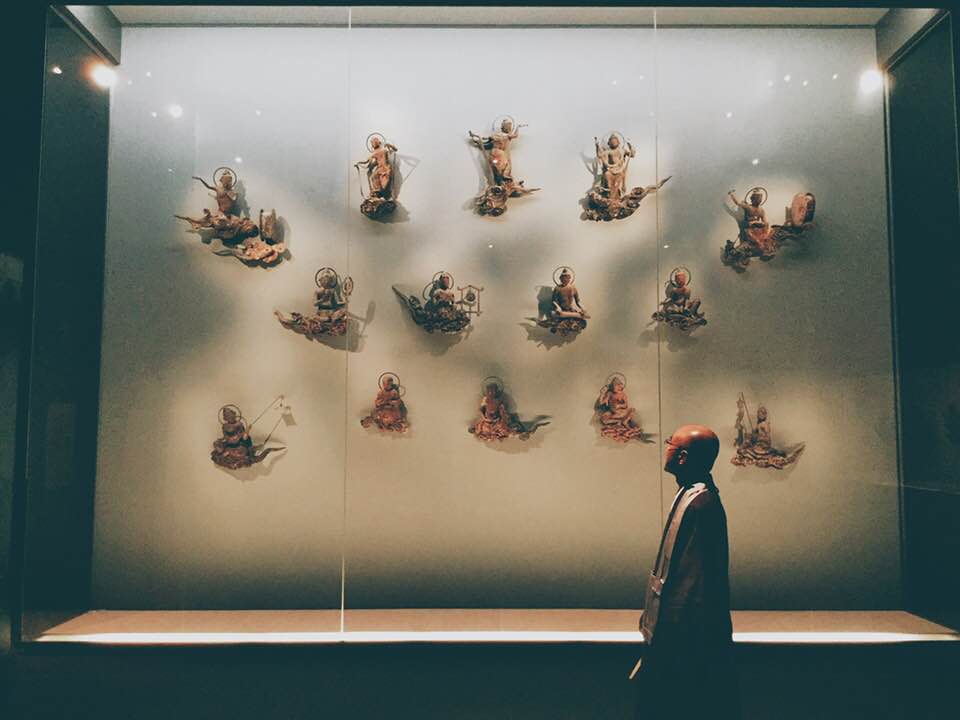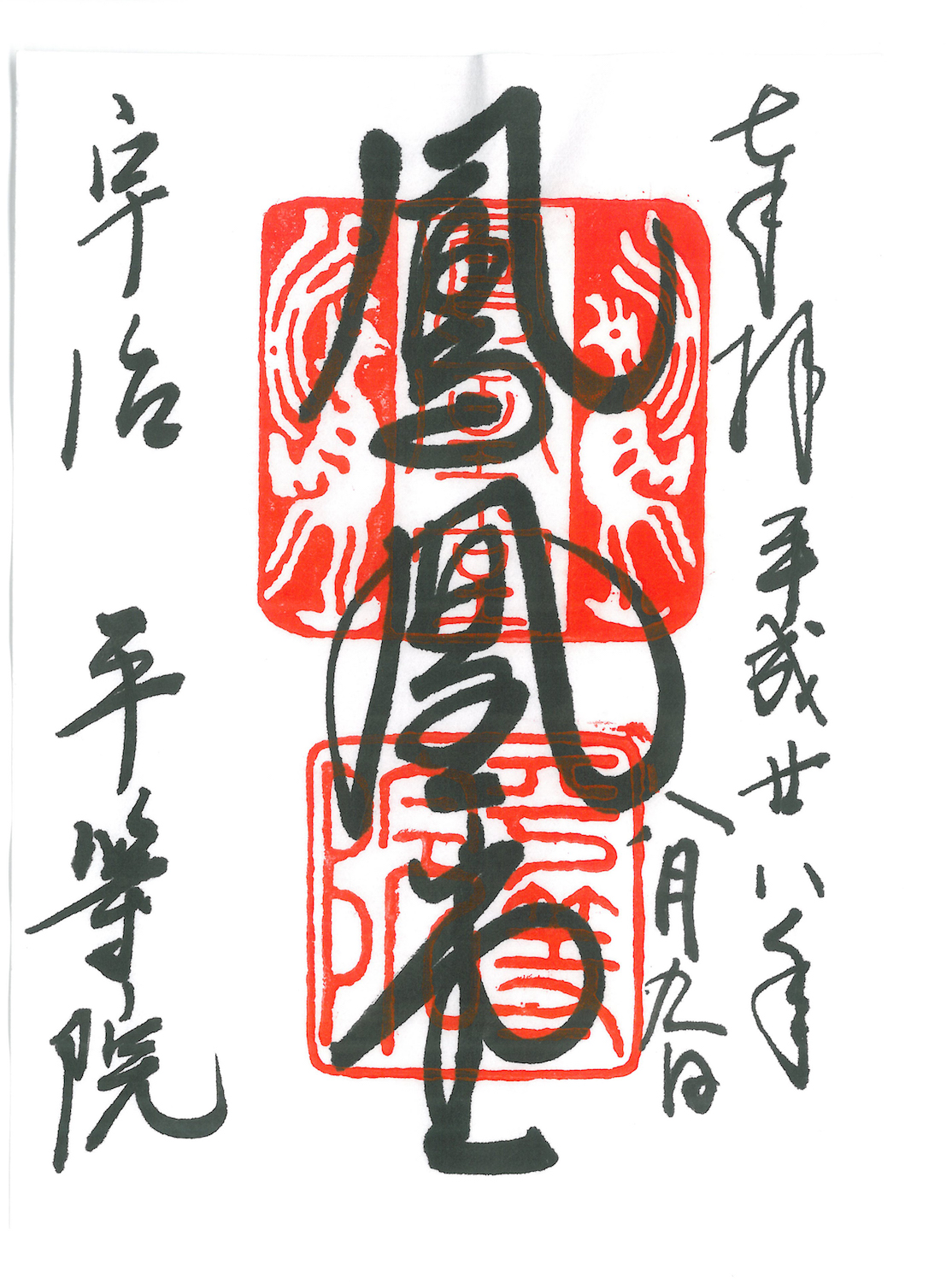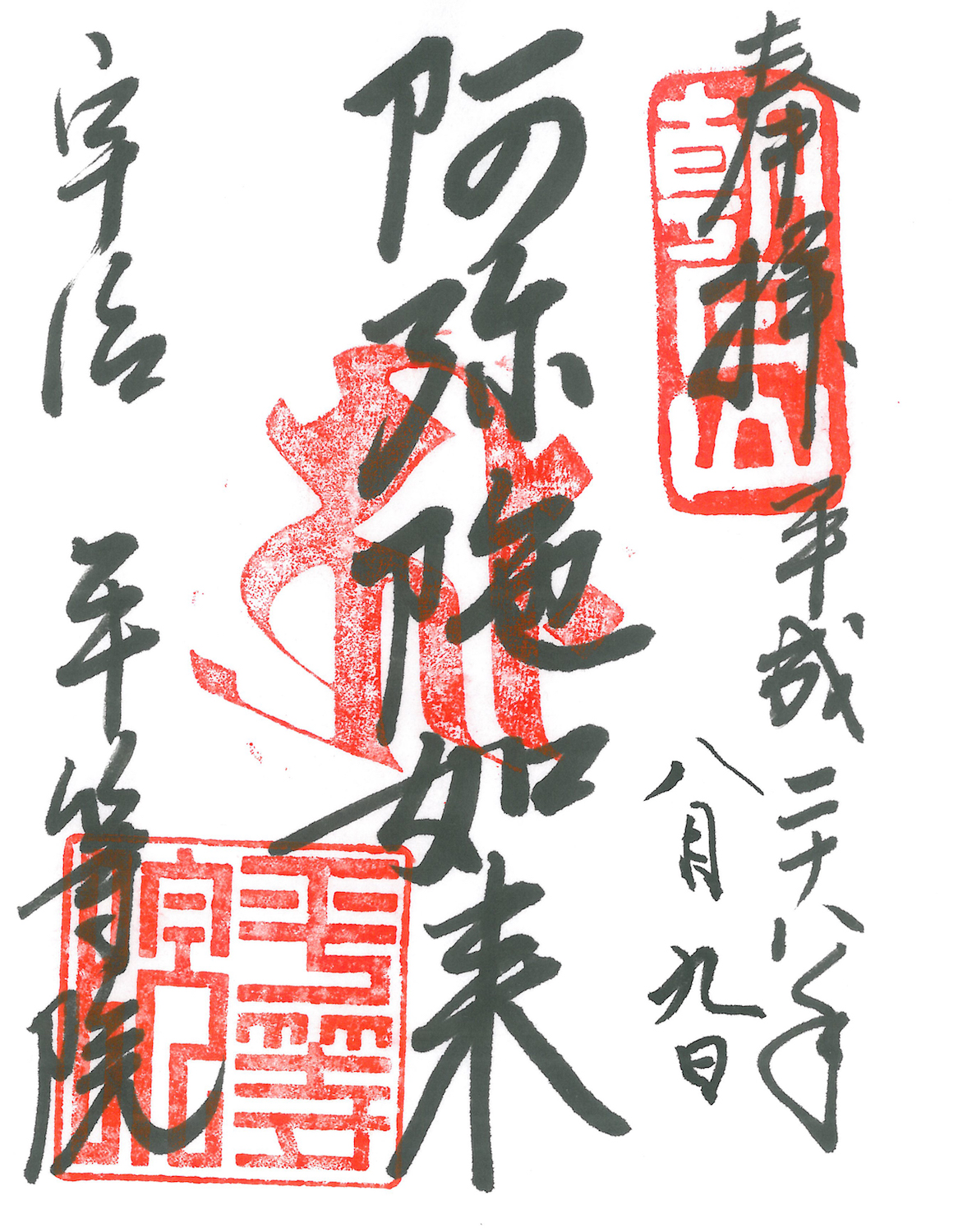Which Japanese noodle recipes do you like the best? Ramen, soba or udon?
How about somen noodle? Maybe the summer Japanese food doesn’t look so exciting, but we highly recommend “Nagashi Somen”! It’s a fun way to eat somen, particularly Japanese style.
The rule of Nagashi Somen is very easy – just grab somen noodles flowing on the water with your chopsticks. Does it sound hard or easy?
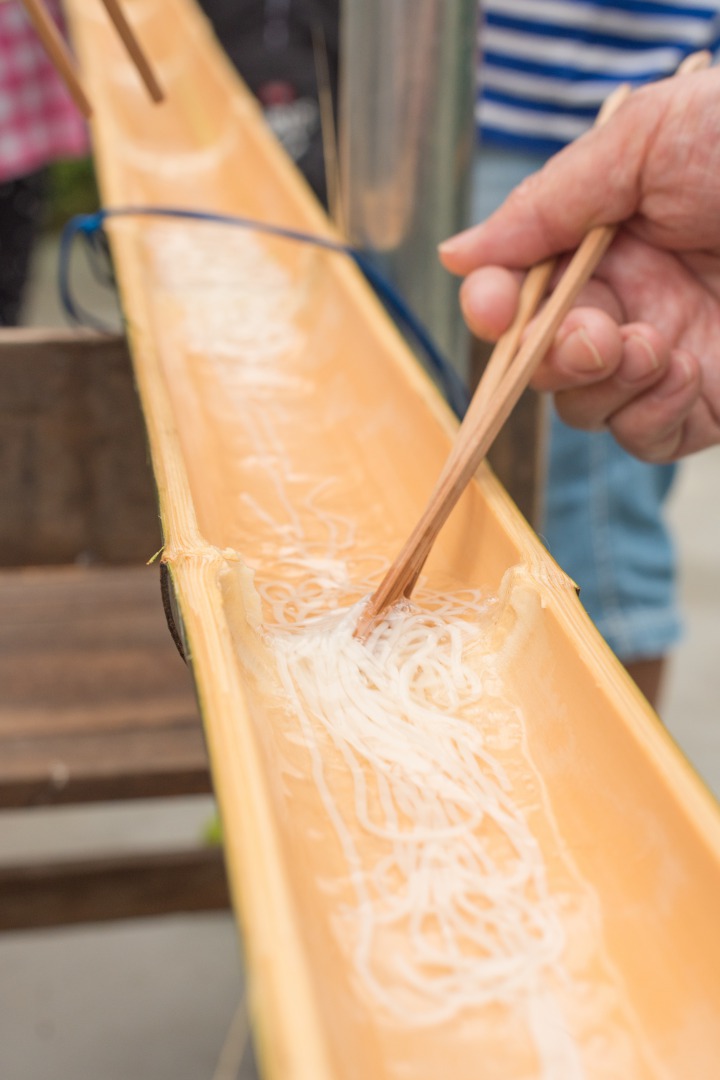
This page introduces 5 Nagashi-somen spots in Kansai area. Try the nearest one!
1. Tatsuno, Hyogo pref. (揖保乃糸 資料館 そうめんの里)
Price:
540 yen / person in the inner courtyard (usual order style)
430 yen / person outside (self-service style)
Feature: This is a top Japanese somen brand’s museum. Enjoy not only eating, but also learning about the Japanese summer food, somen!
Open:
11:00 a.m. to 4:00 p.m. at the inner courtyard until September 30th
11:00 a.m. to 3:00 p.m. outside until August 31st
Close: Mondays (Tuesday only if the Monday is a national holiday)
Address: 兵庫県たつの市神岡町奥村56番地
Access: 15-minute walk from JR Higashi-Hashisaki station
Contact: 0791-65-9000 (no reservation)
Official HP:
http://www.ibonoito.or.jp/soumennosato/soumennagashi/
2. Tokura Mountain Path, Hyogo pref. (戸倉峠)
Price: 700 yen / person
Feature: Somen noodles flow in the cold snowmelt from a 1,510m mountain. What a cool lunch time in summer!
Open: 9:00 a.m. to 4:30 p.m.
Address: 兵庫県宍粟市波賀町戸倉峠
Access: About one hour along National Route 29 from Yamasaki I.C. (山﨑I.C.)
Contact: 0790-73-0009 (no reservation)
Official HP:
http://www.takinagashi.com/information.htm
3. Arita, Wakayama pref. (やまめ茶屋 藤滝)
Price: 650 yen / person
Feature: How about enjoying somen noodles surrounded by rich nature in Wakayama? It will provide the best escape from your city life.
Open: 11:00 a.m. to 8:00 p.m. every day until September 30th
Address: 和歌山県有田郡広川町上津木875
Access: One-minute drive by car from Hirokawa Minami I.C. (広川南I.C.)
Contact: 0737-67-9515 (no reservation)
Official HP:
http://sp.raqmo.com/fujitaki/index.php?shop_id=2787&page_id=4
4. Nagahama, Shiga pref. (大見いこいの広場)
Price: 500 yen / person
Feature: This is a camping site near Biwako Lake, the biggest lake in Japan. Not only is there nagashi somen, but also BBQ and pizza grill, which you’re sure to enjoy.
Open: until September 30th
Address: 滋賀県長浜市木之本町大見678
Access: 10-minute drive by taxi from JR Kinomoto station.
Contact: 0749-82-2500
Official HP:
http://www.biwa.ne.jp/~yumekosh/ikoi.html
5. Sasayama, Hyogo pref. (丹波猪村)
Price: 700 yen / person
Feature: This camping site offers the owner’s unique play equipment and this area’s gourmet food as well.
Open: 9:30 a.m. to 5:00 p.m.
Close: Tuesdays and winter holiday seasons
Address: 兵庫県篠山市後川上1154
Access: Inomura bus station by Hankyu bus via Hankyu Nisseichuo station
Contact: 079-556-2680
Official HP:
http://www.eonet.ne.jp/~tanba-inomura/index.html
Have you already tried Nagashi-somen? We’d really appreciate it if you could share your experience in the comments below!
